The assignment for the 2017 calendar - signs of the horoscopes and I decided that I would love to do Scorpio, my own sign. Many calendars of the period of time that I study (500 AD to 1600 AD) have illuminations of the astrological symbols as well as labors that occurred during that calendar month. I was assigned October, and Scorpio. I was provided with some research that Gundormr provided to assist all the artists on this prjecct, and also did my own digging.
RESEARCH:
The medieval visuals for Scorpio showed me that sometimes the artists really didn't know what a real scorpion looked like, and so the representation was on a spectrum of somewhat like a scorpion, or more like an ugly, black bug or a dragon-like creature with pincers for good measure. Dragons came up frequently. Sometimes a fierce dragon, sometimes a dragon biting its own tail, and sometimes a two headed dragon. I collected a variety of medieval visual representations of Scorpio and started to decide what elements I would like to incorporate in the calendar. The calendar has very particular requirements as to size and includes wording on each month. So step one, the examples.
I found several examples where a dragon was used in place of a scorpion. There are additional ones here : www.bl.uk/manuscripts/Viewer.aspx?ref=lansdowne_ms_383_f002r
and here www.bl.uk/manuscripts/Viewer.aspx?ref=add_ms_50000_fs001r
For extra points, I am subscribed to a blog called Medieval and Earlier Manuscripts and is published by the British Library. They post about calendars on a regular basis and recently on August 22 did a "Which Star Sign Are You?" on their blog. I was able to use this website to do more research on calendars and styles.
The text ended up :
"Scorpio appeareth as a large Scorpion or dragon. She is Fleumatik, ruleth ye Priue Parts of Men and Women, and indicateth Subtelte and Deceite. When the Mone is on the hunt for the Scorpion, She will seke Nouelte when She needeth to be more dependable, and She might ende vp dronk or in a destitute state. If Iupiter wandreth bi ye Scorpion, then one mai loke to Ipocrisie, possiblie Bitraiel." Text by Master Christian von Jauergk.
The other adjustment is that I could not use gold leaf for the project (because gold leaf does not photograph well and so we are asked not to use it)and would have to substitute.
I printed the words and used a sheet that THL Geffrei Maudeleyne provides. This is the first time that I used this sheet, and it can be used as long as credit is given.
Reflection :
I have noticed that I need to take a step back while working, as there are flaws that I see from afar that I do not see when nose is two inches from the work. My calligraphy is improving, however, I still need to work on my spacing. Even six months later from when I was working on this in July, I can see improvement in my calligraphy in my current pieces that I do not see here. I also need to work on my technique of not so bumpy circles, which is the first thing that jumps out at me when I look at this illumination now. I will be researching some techniques, and also practicing inking in and painting in cleaner edges. I love the dragon. I think that the body of the dragon is some of my best shading work.
All in all, I am proud of the research, which I think is much more in depth than previous work, and that the level of painting is getting better and better, but I see still see places where I can improve.
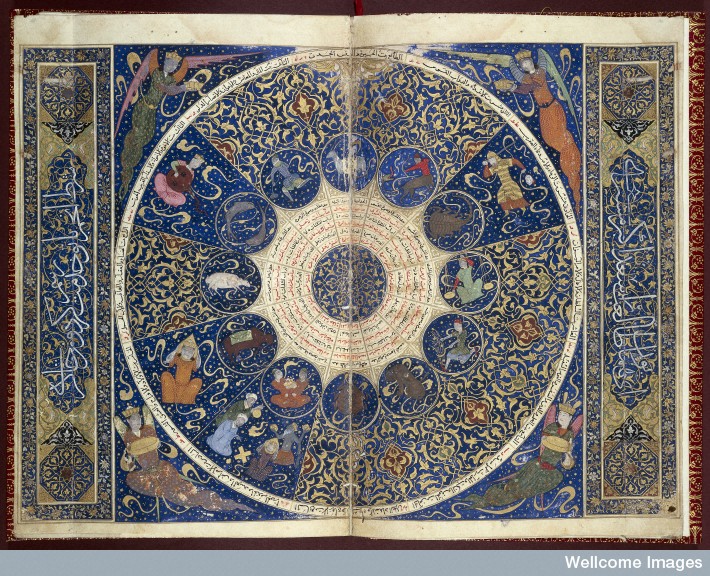
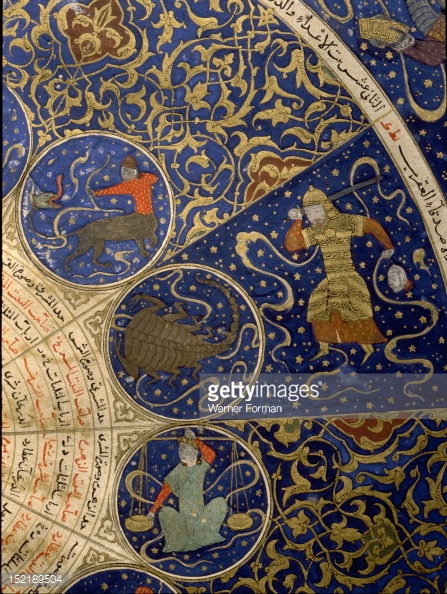
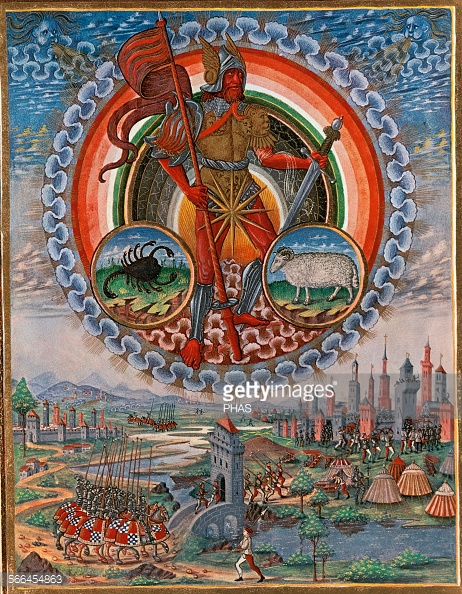
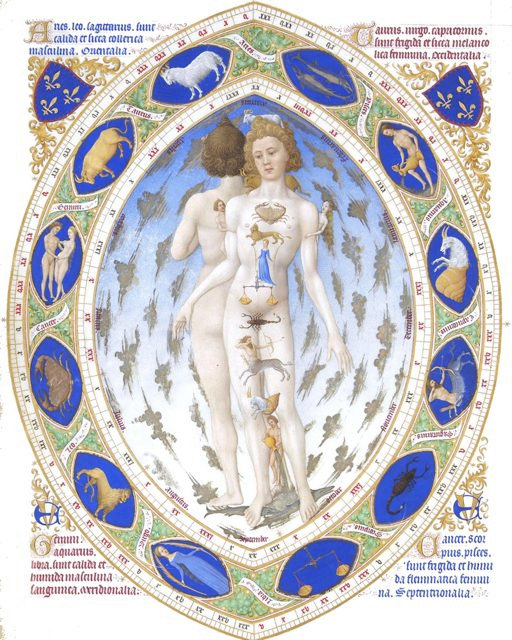
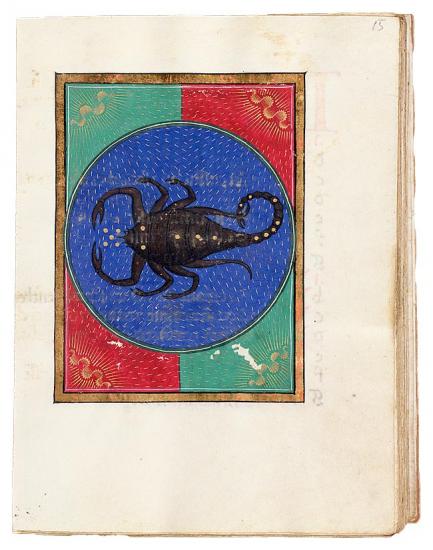
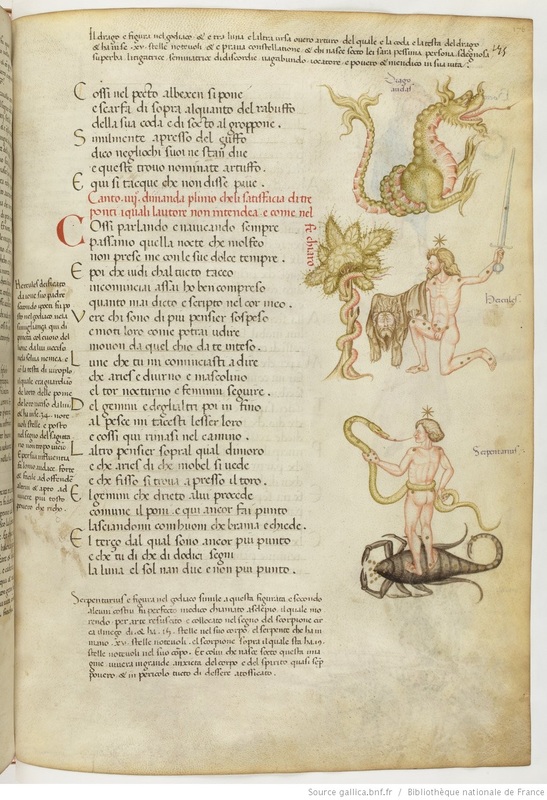
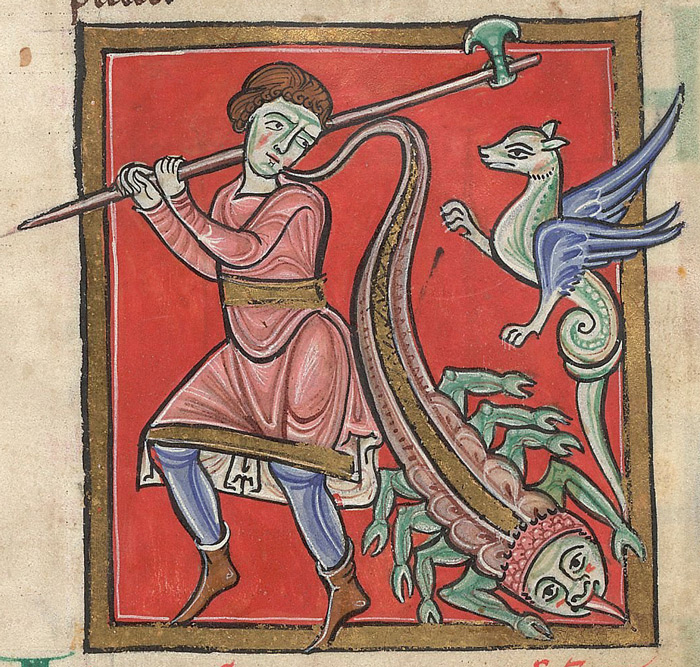
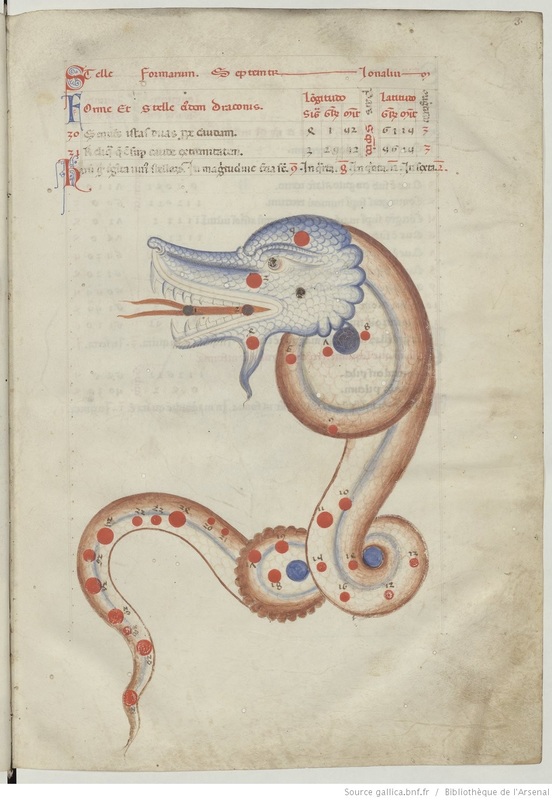
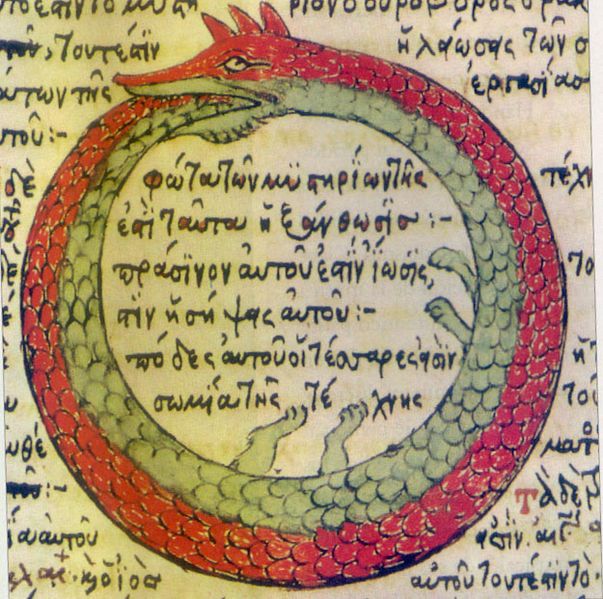
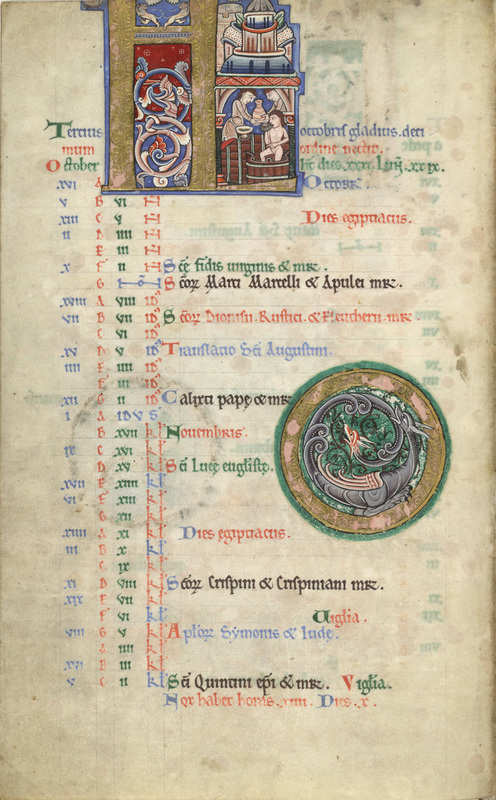
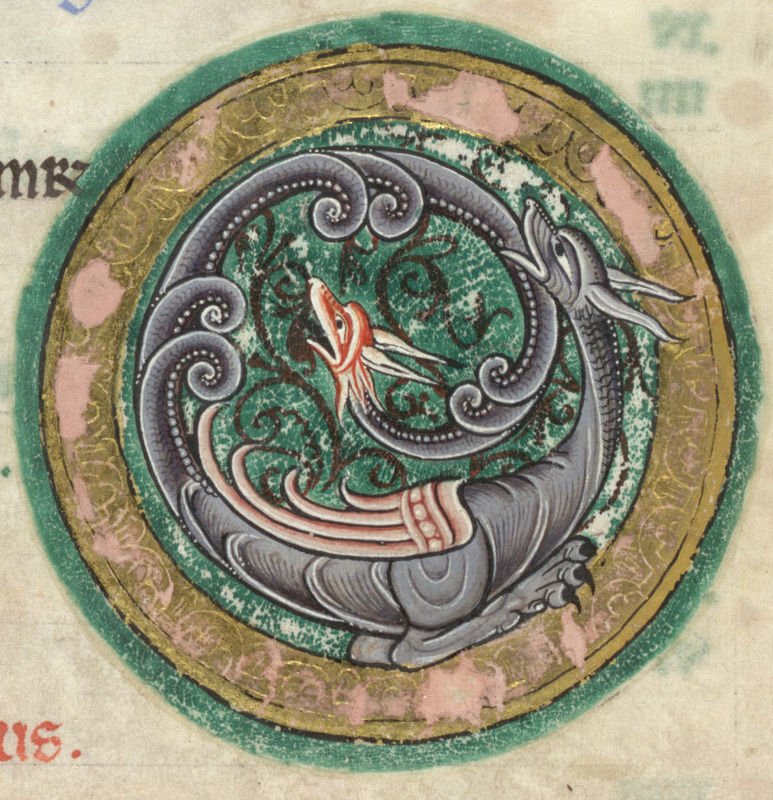
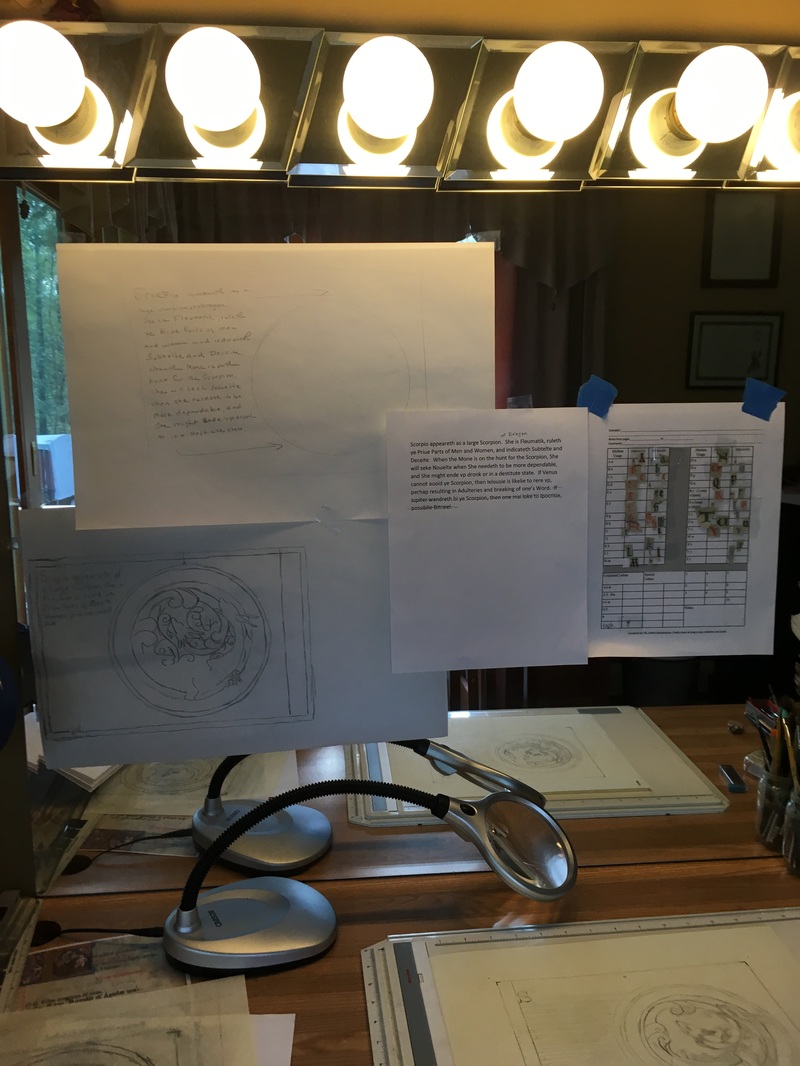
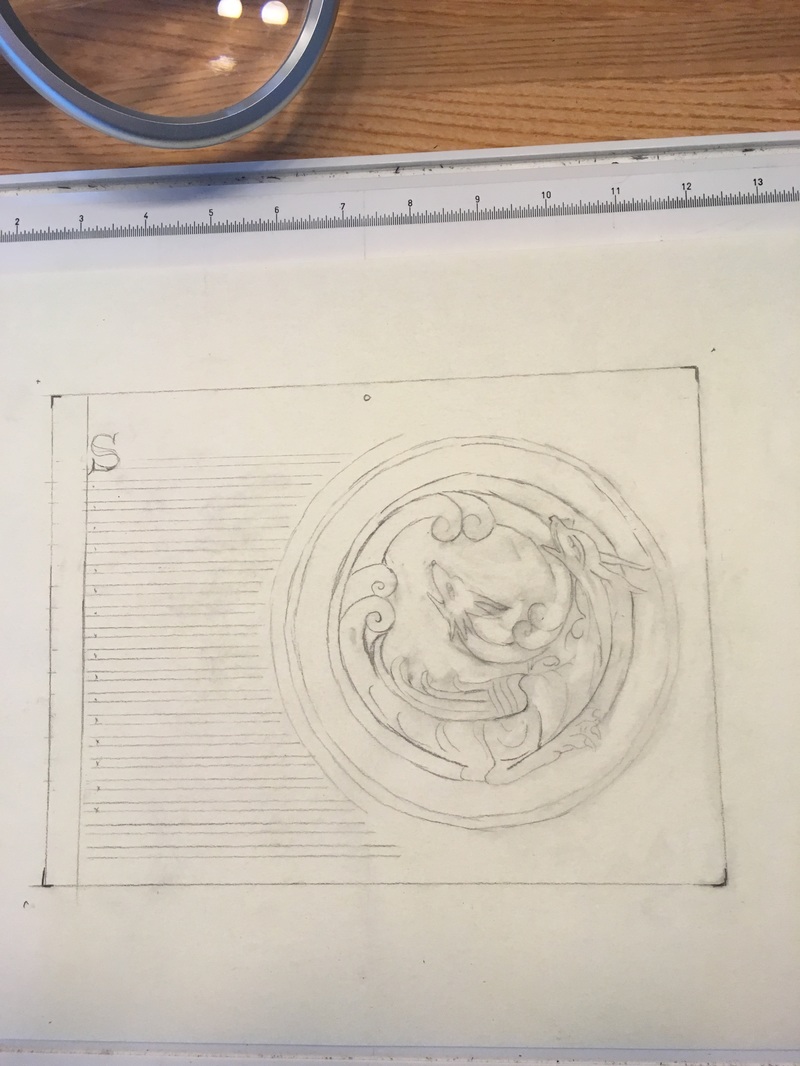
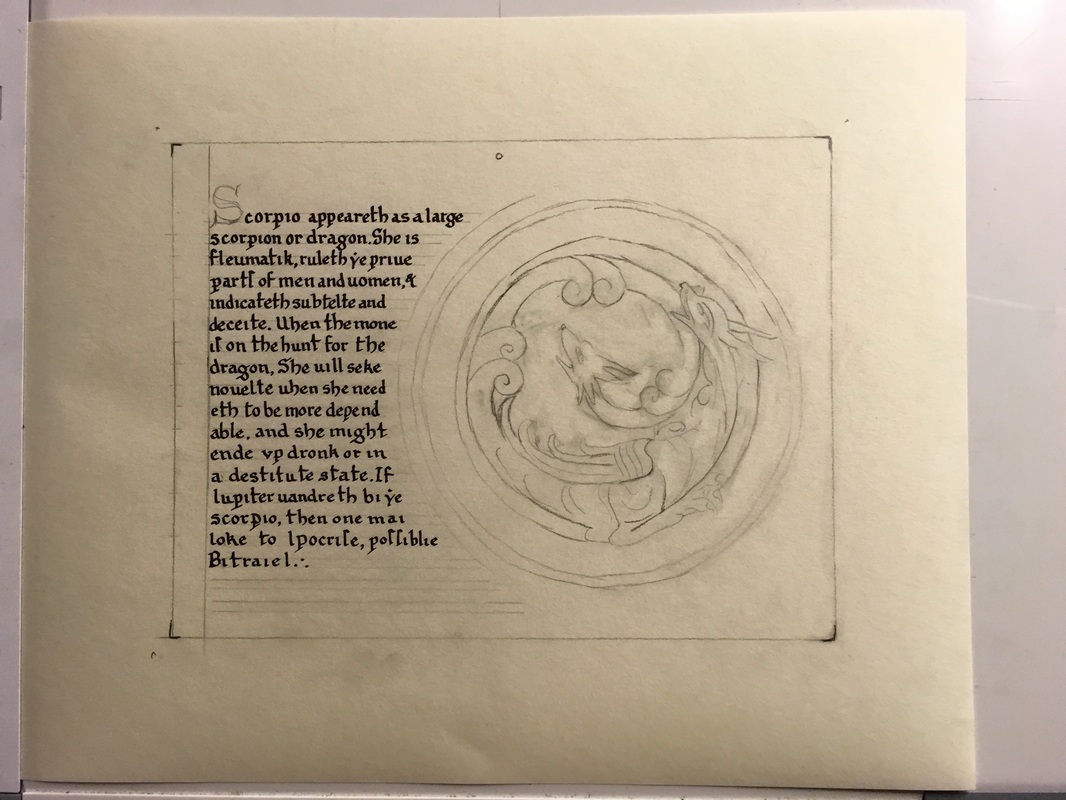
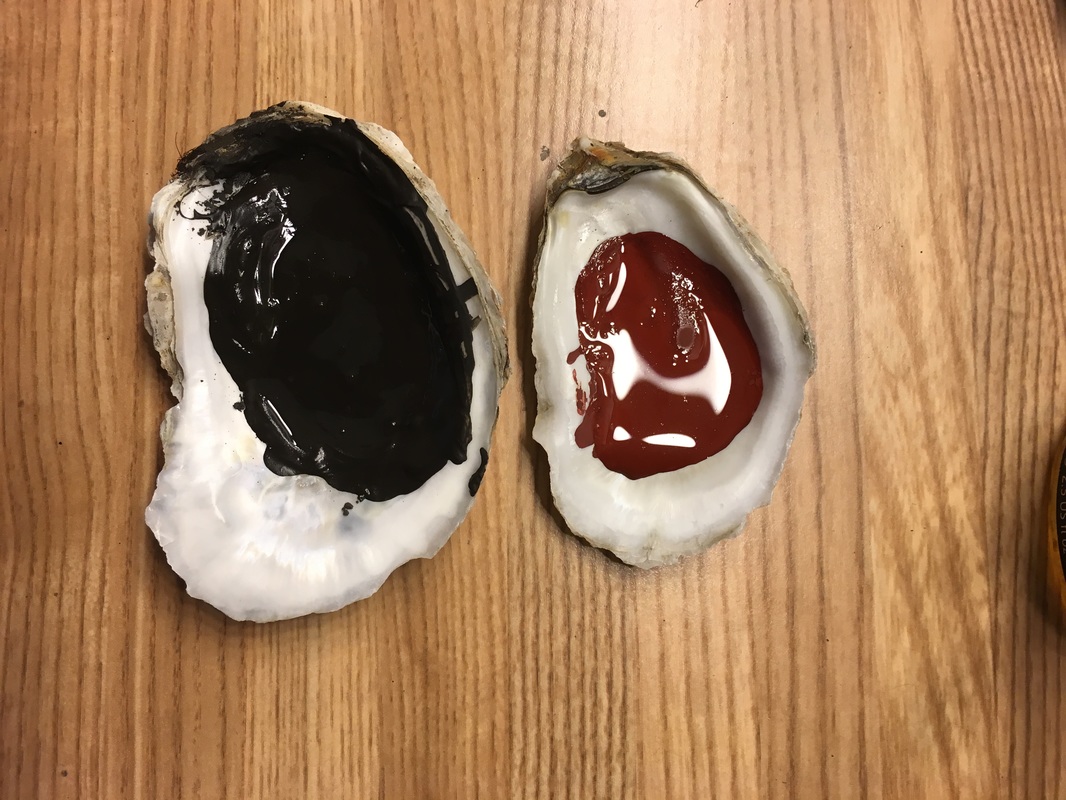
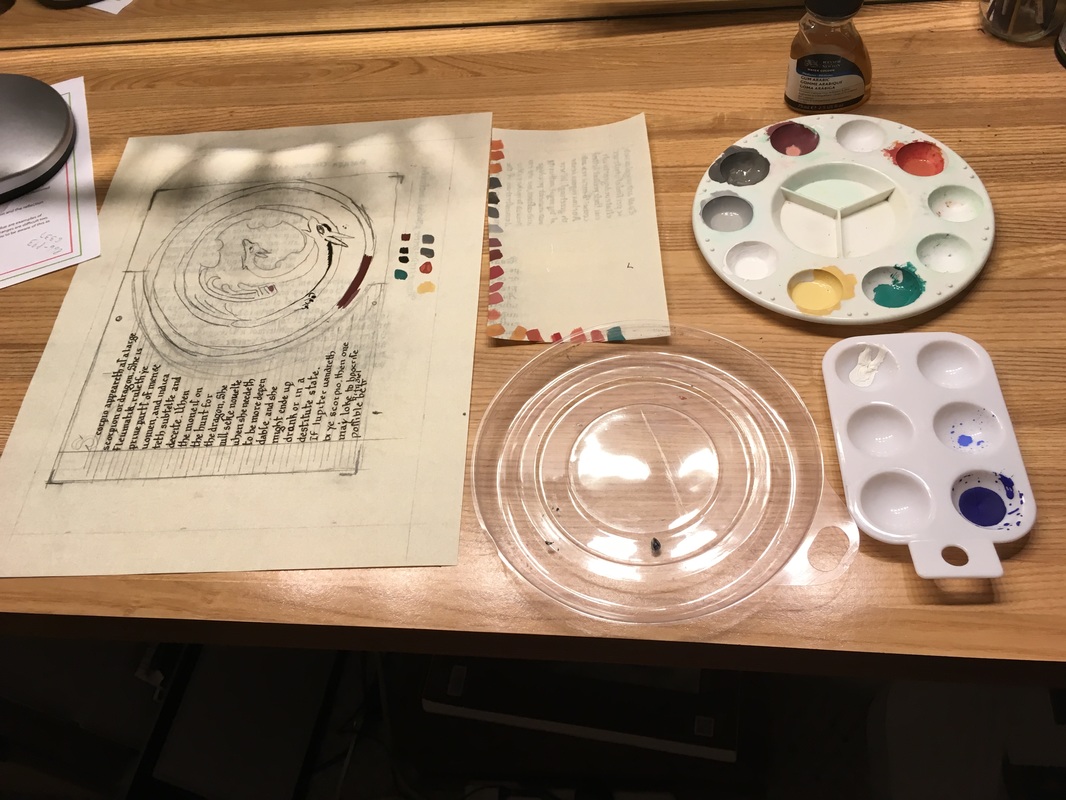
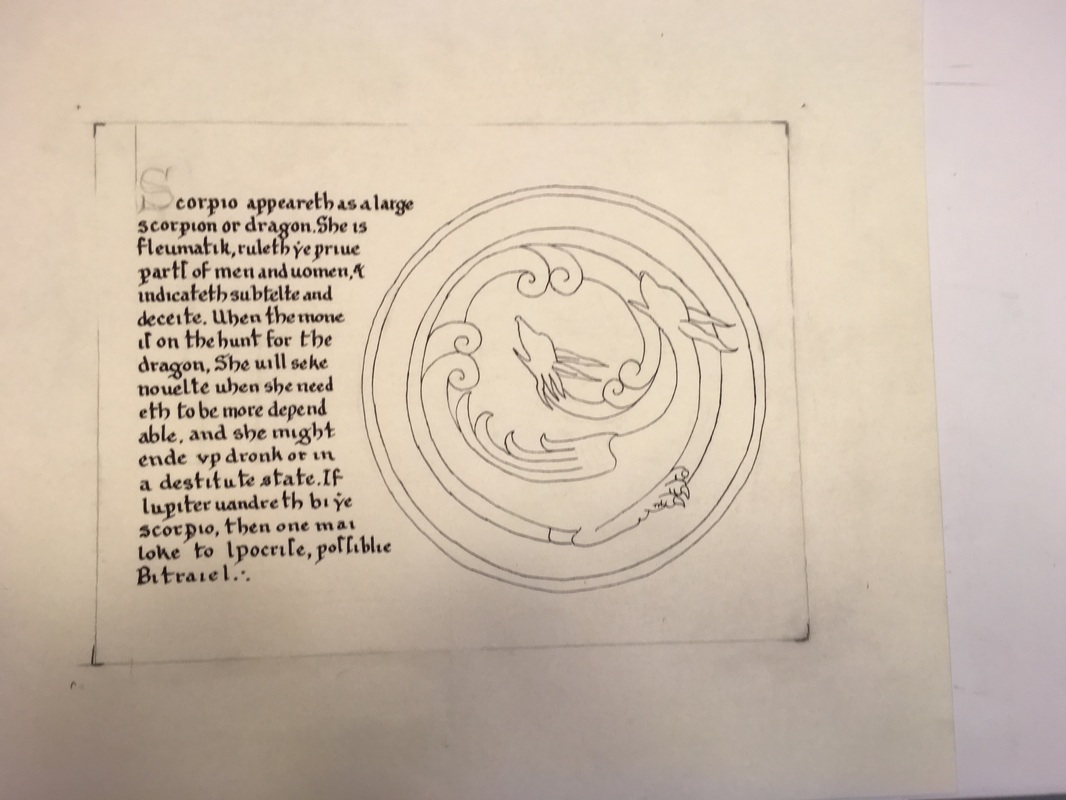
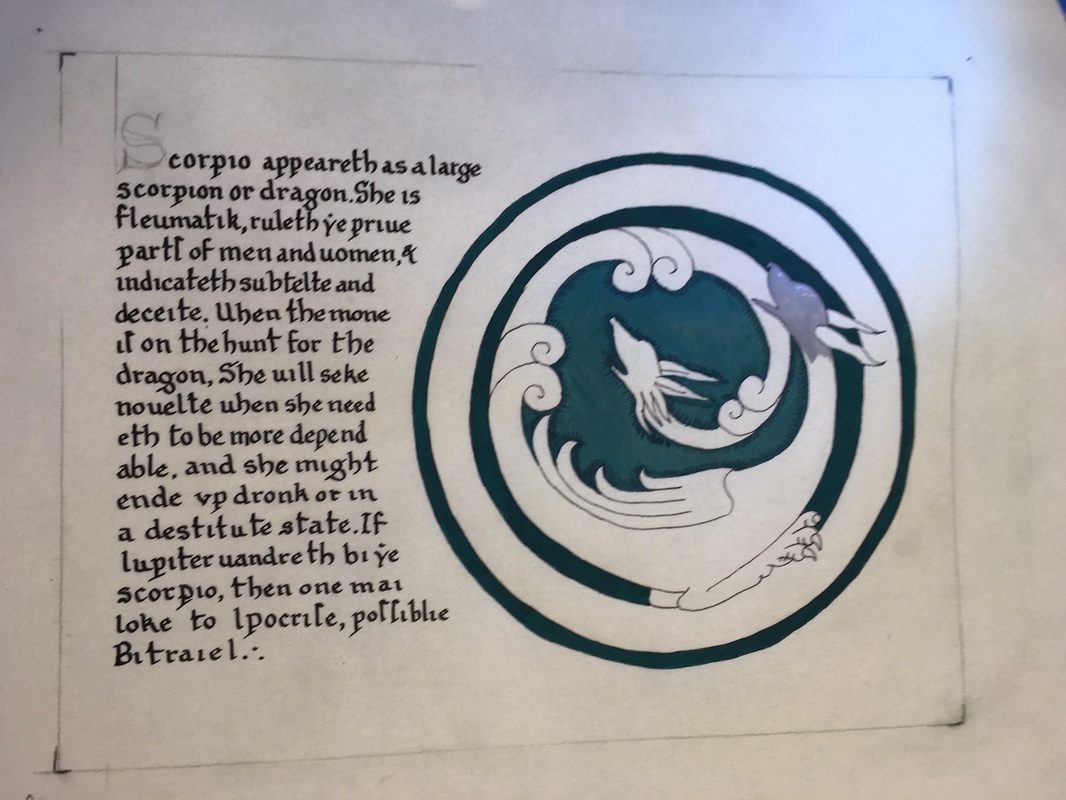
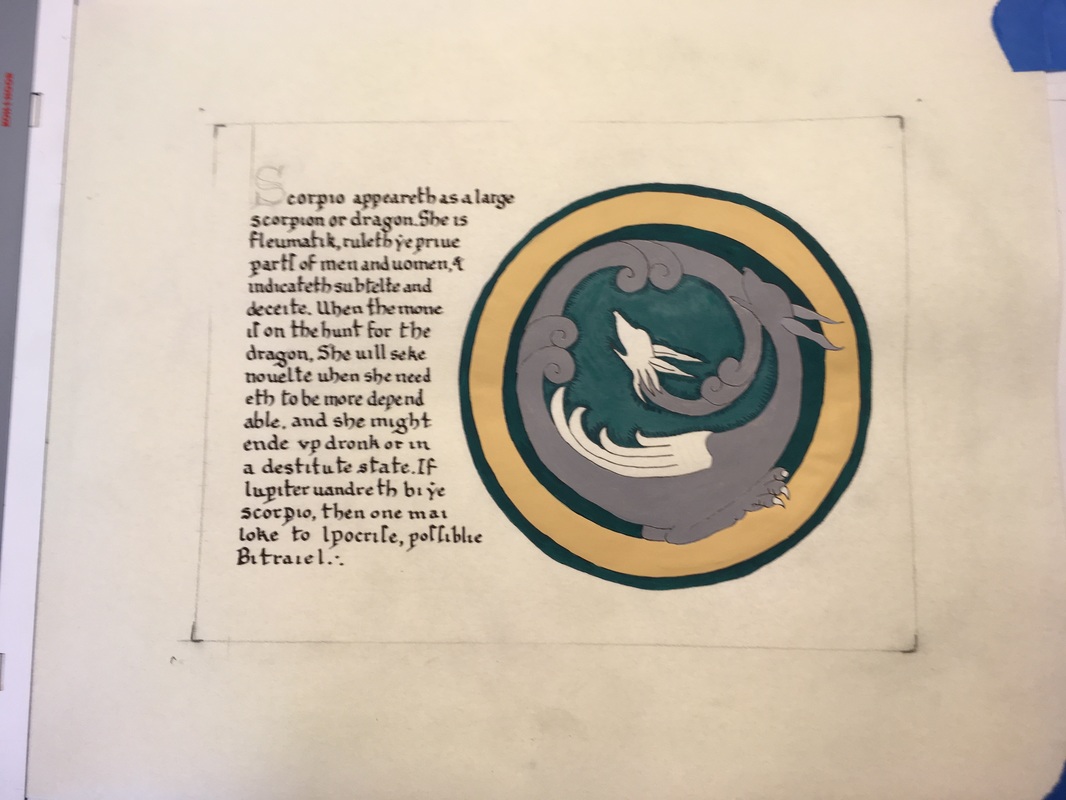
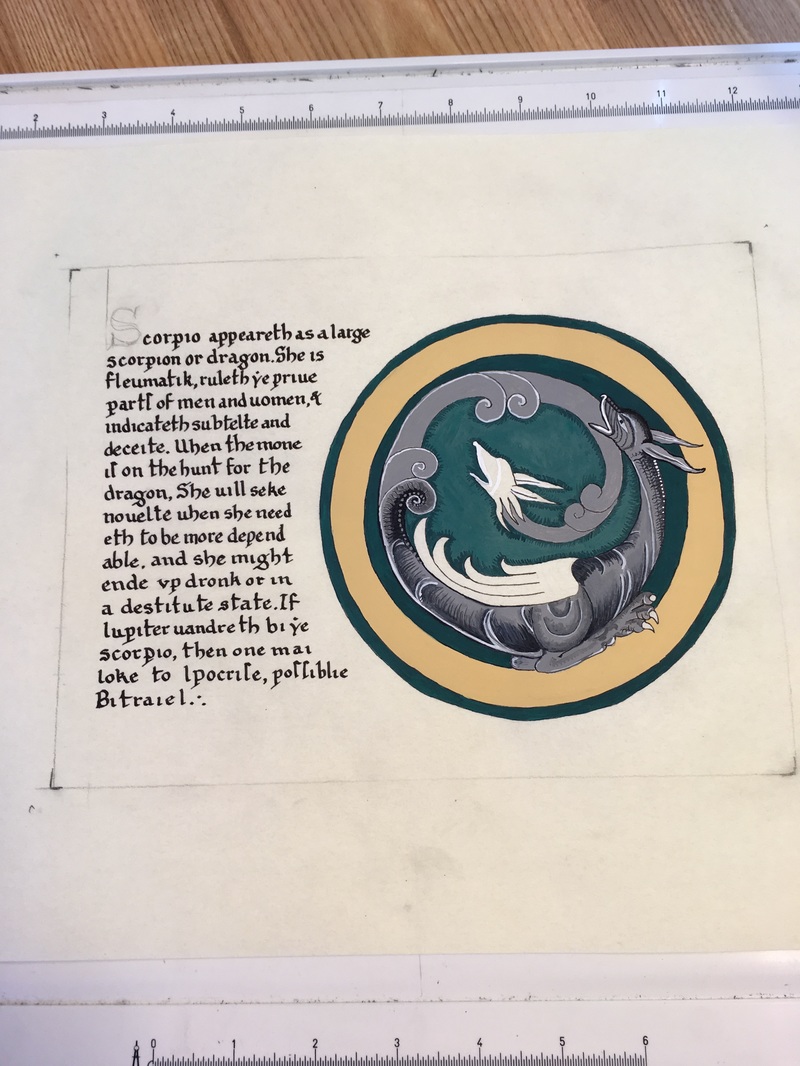
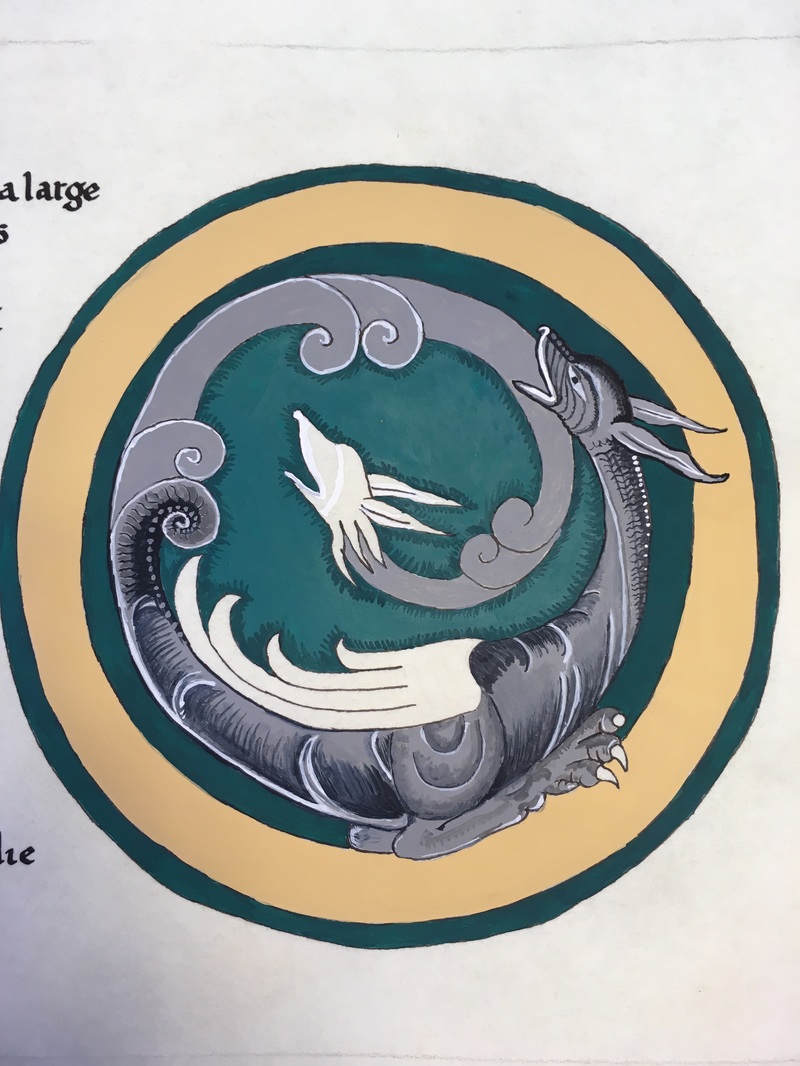
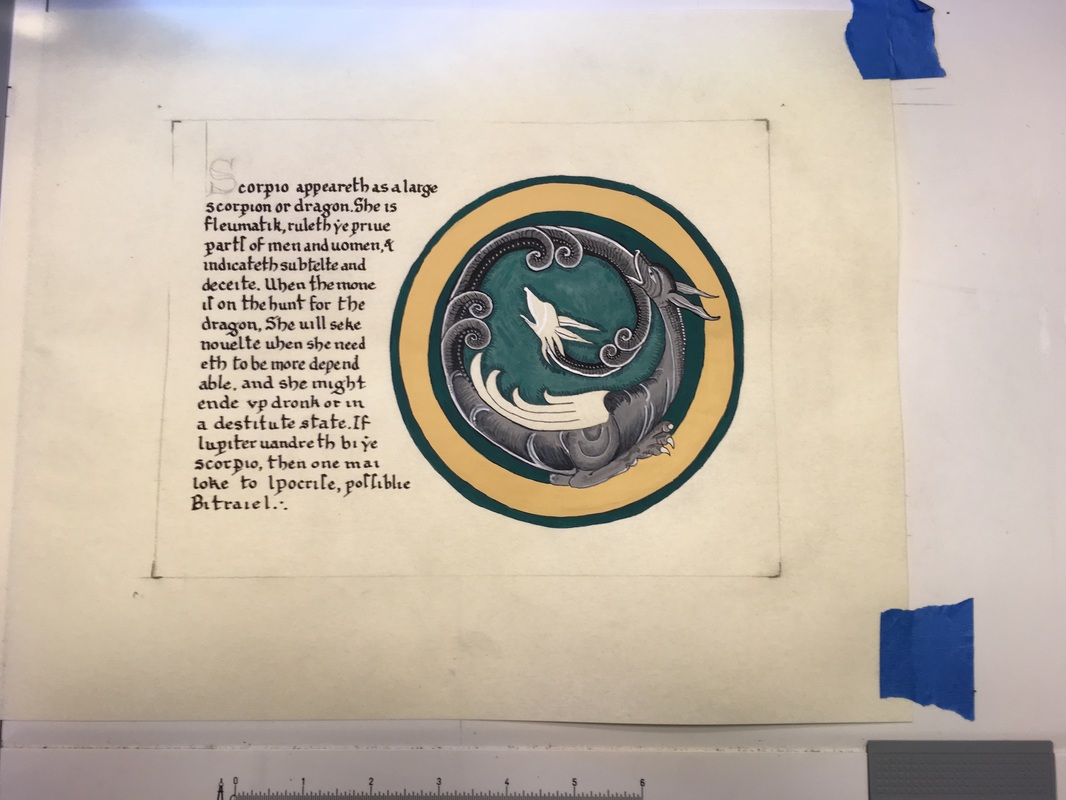
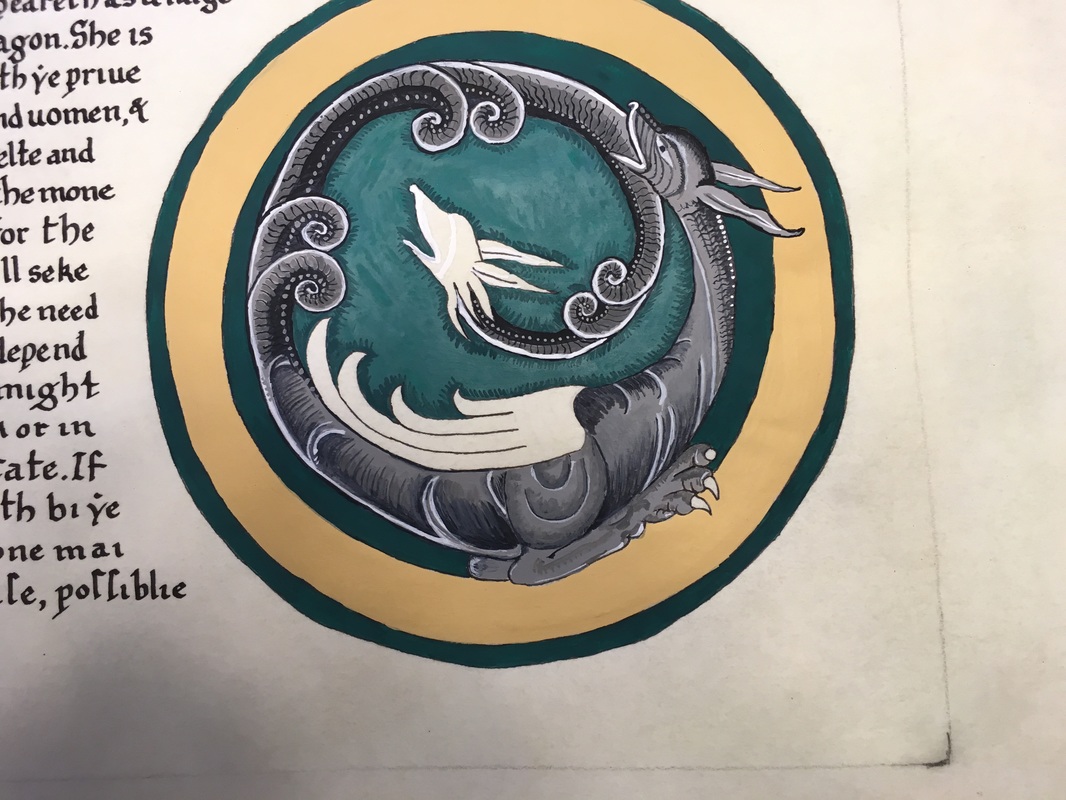
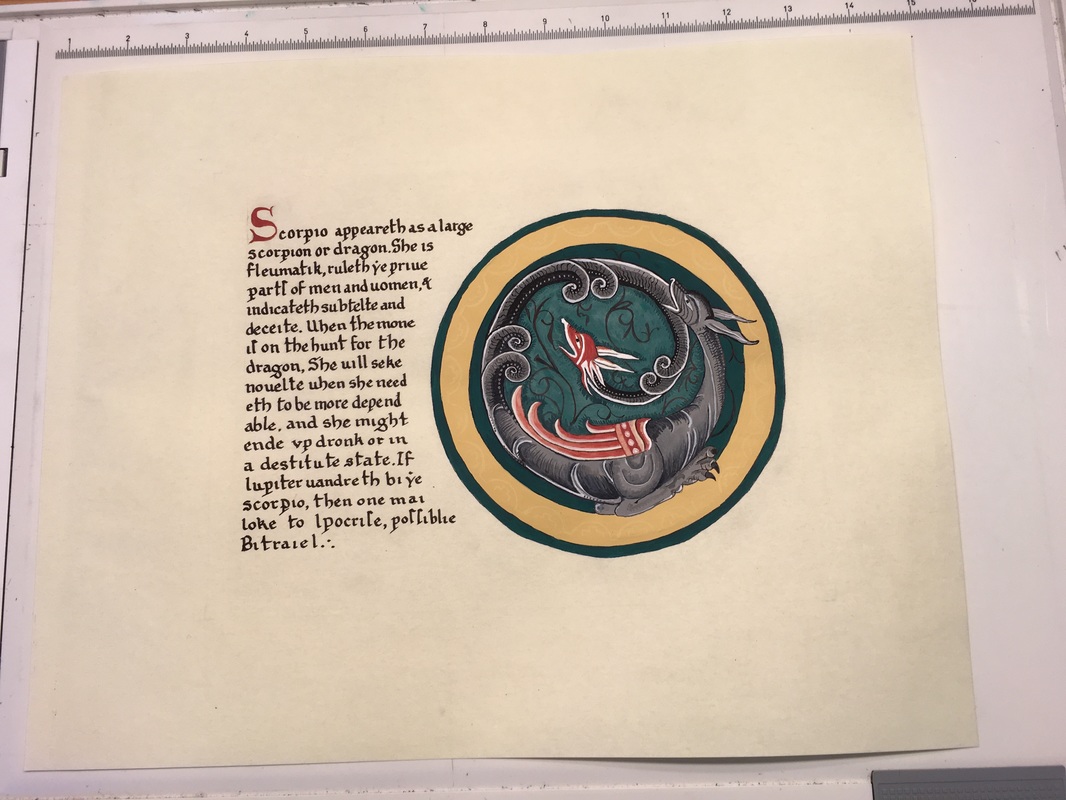
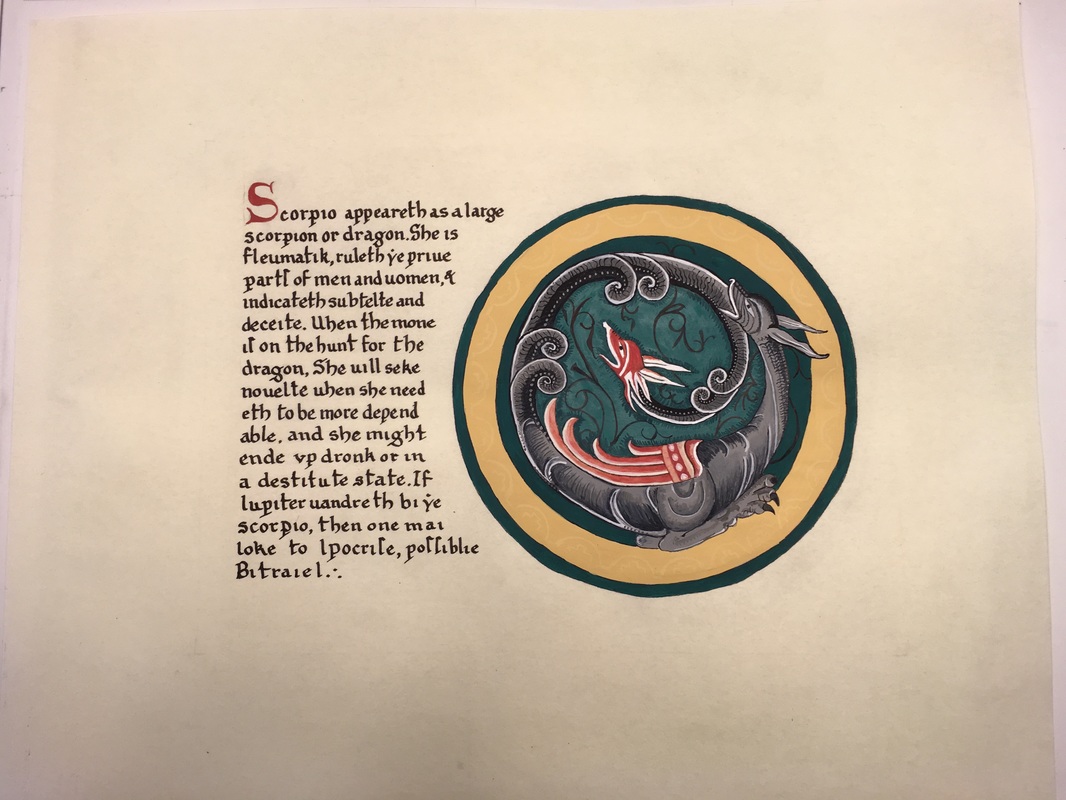
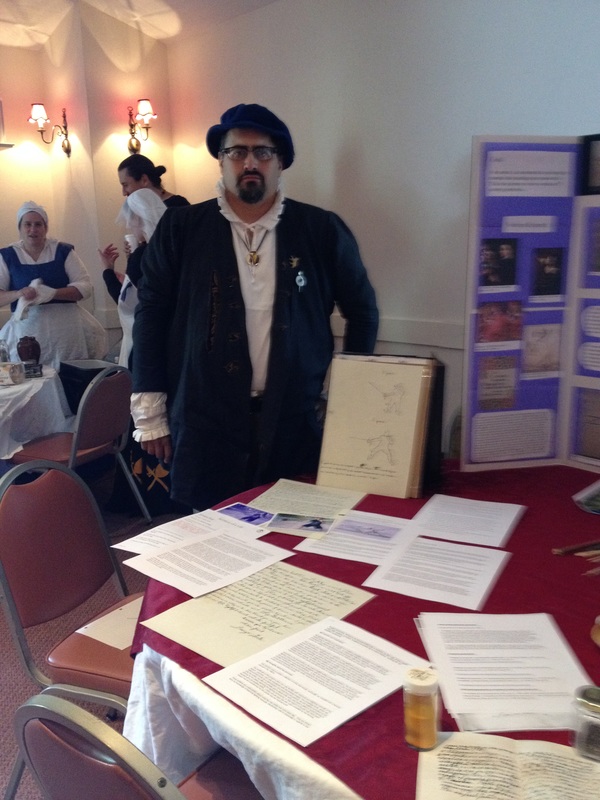
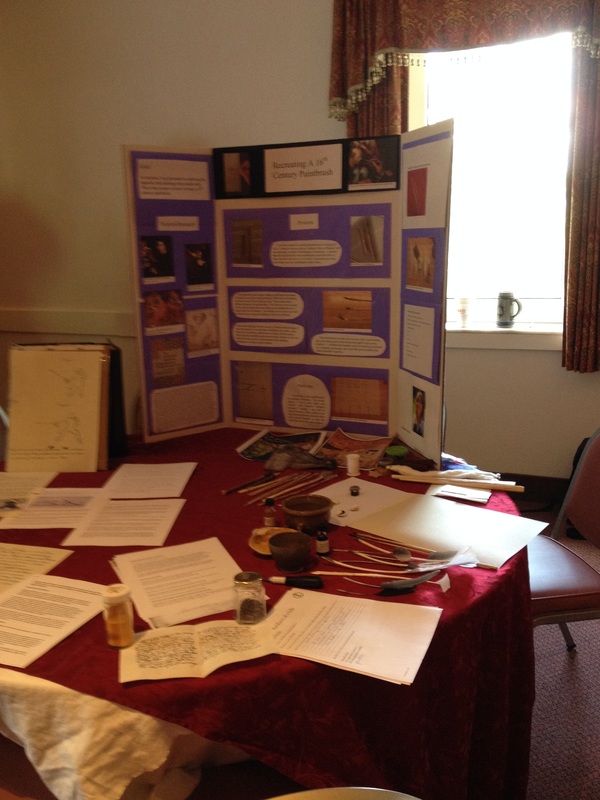
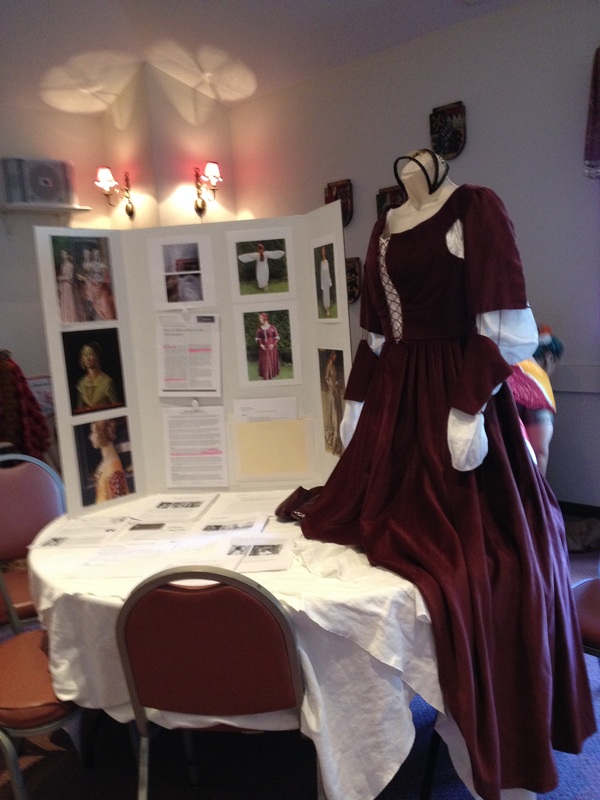
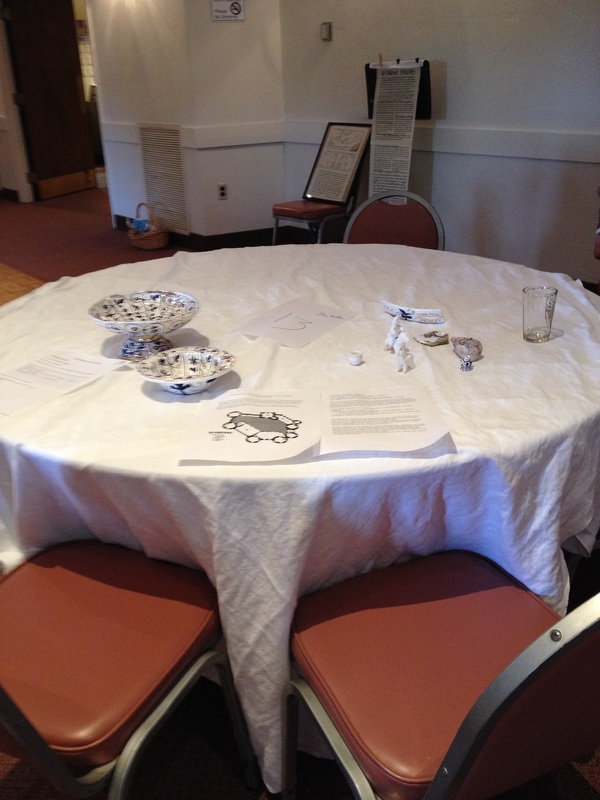
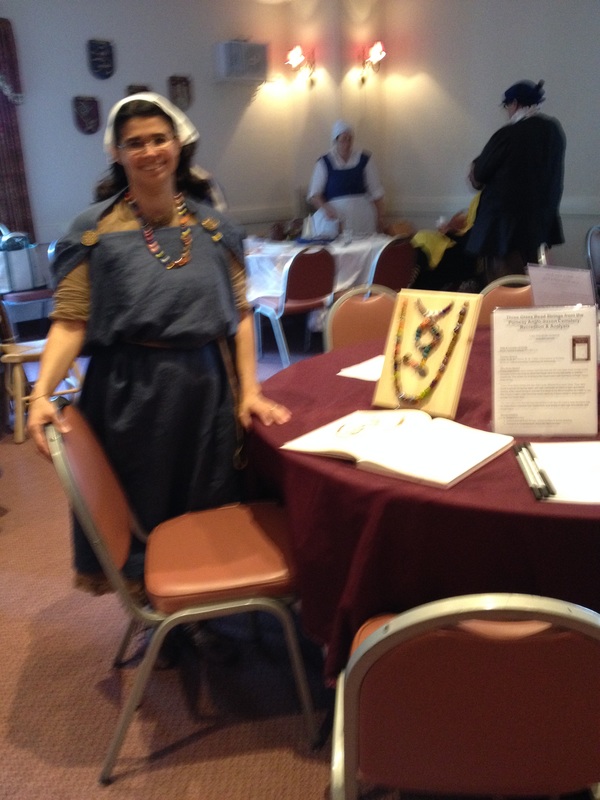
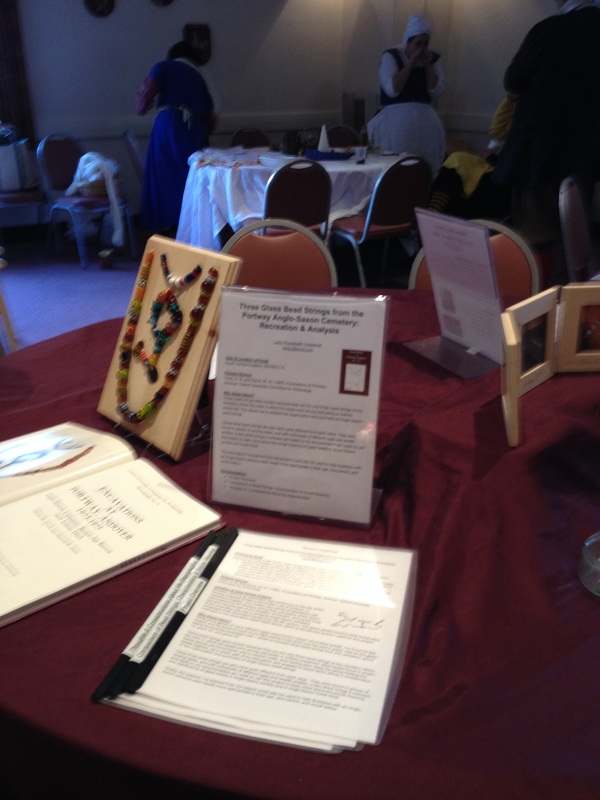
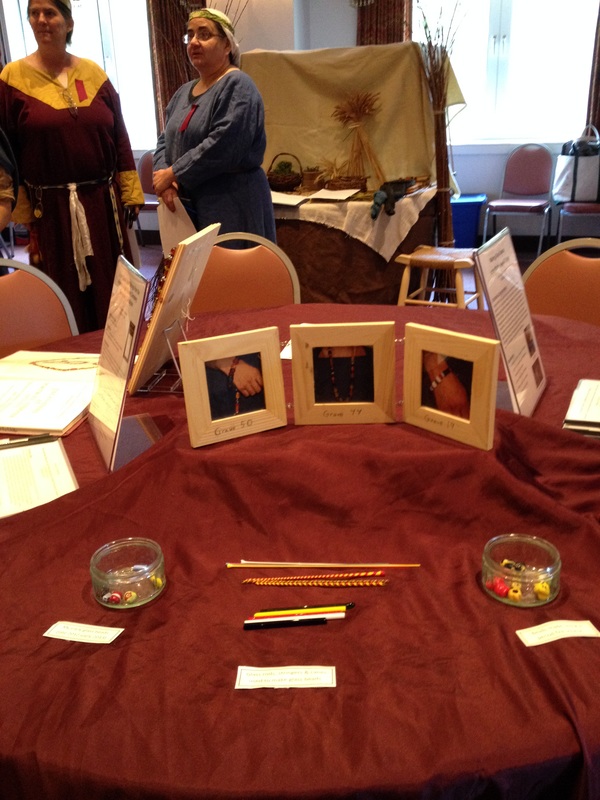
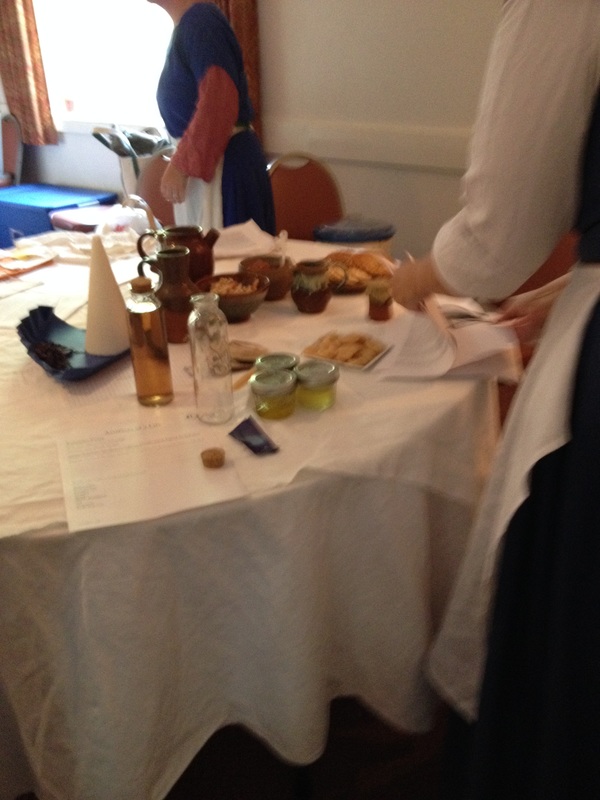
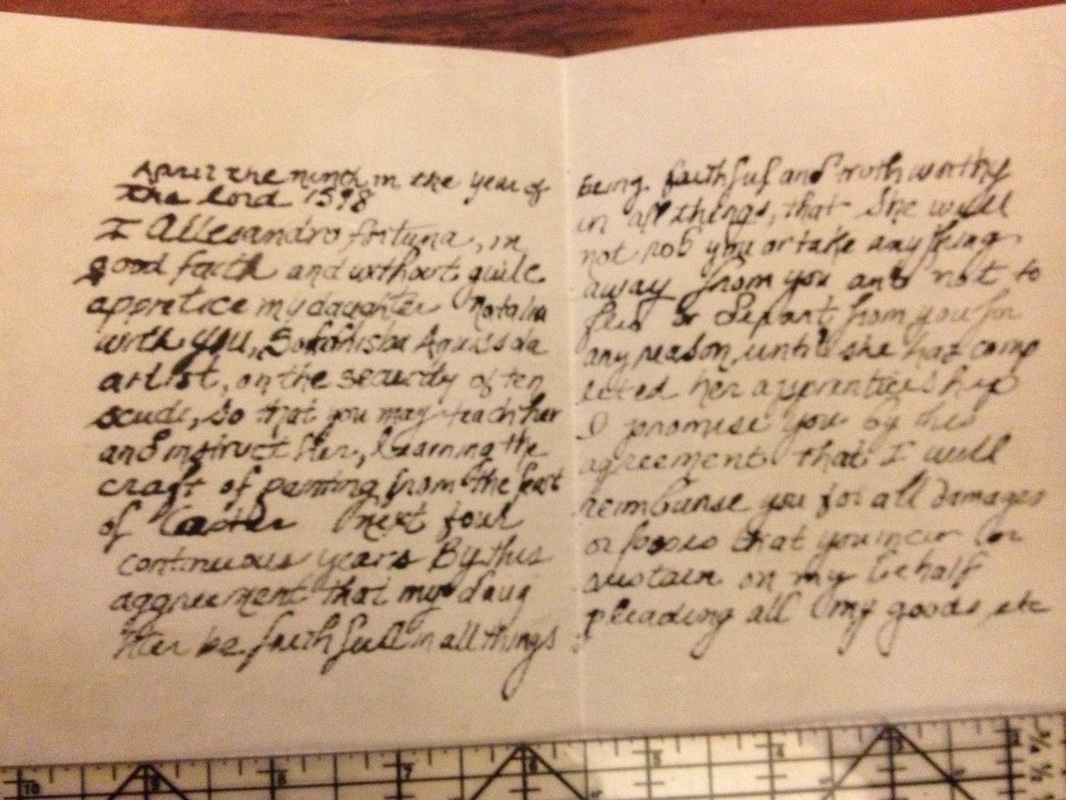
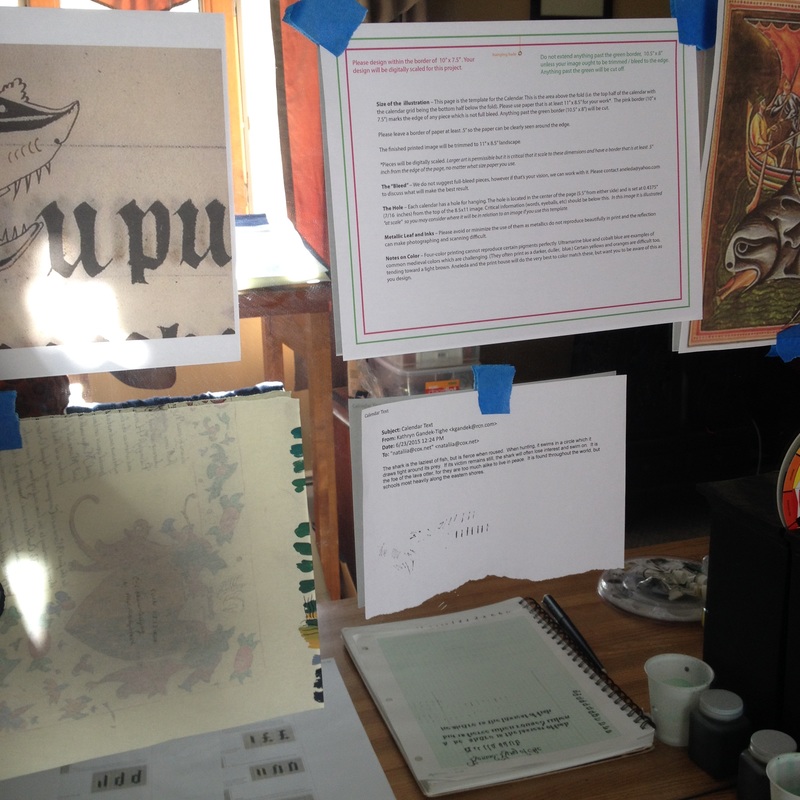
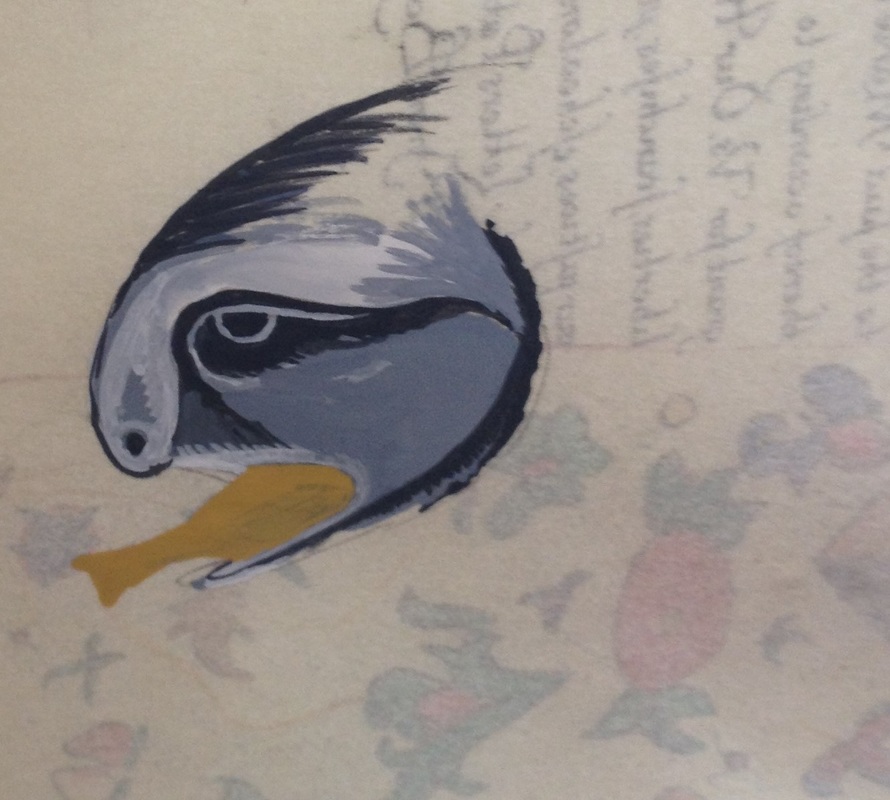
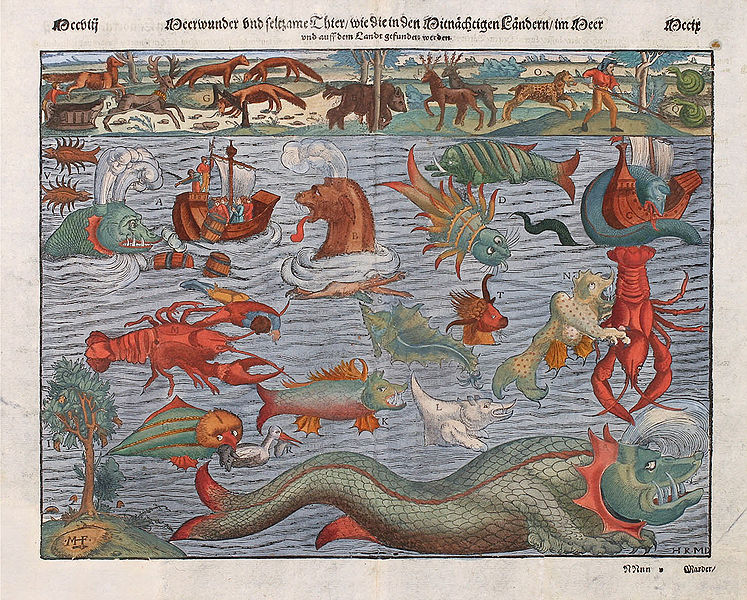
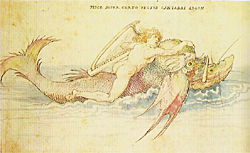
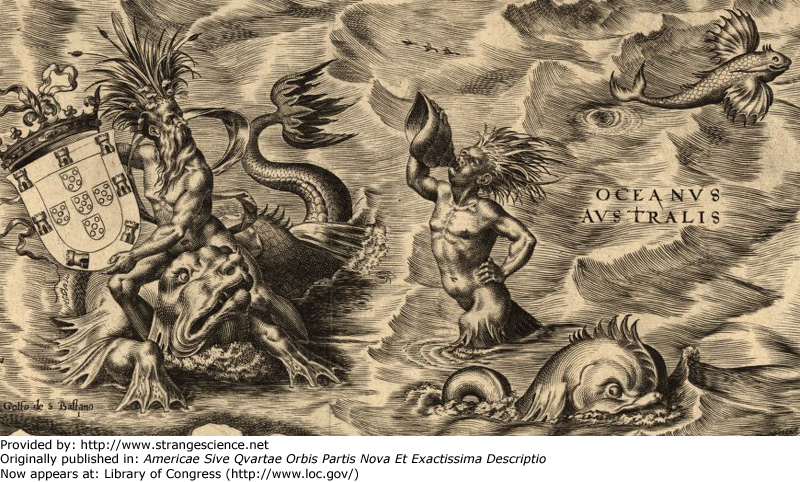
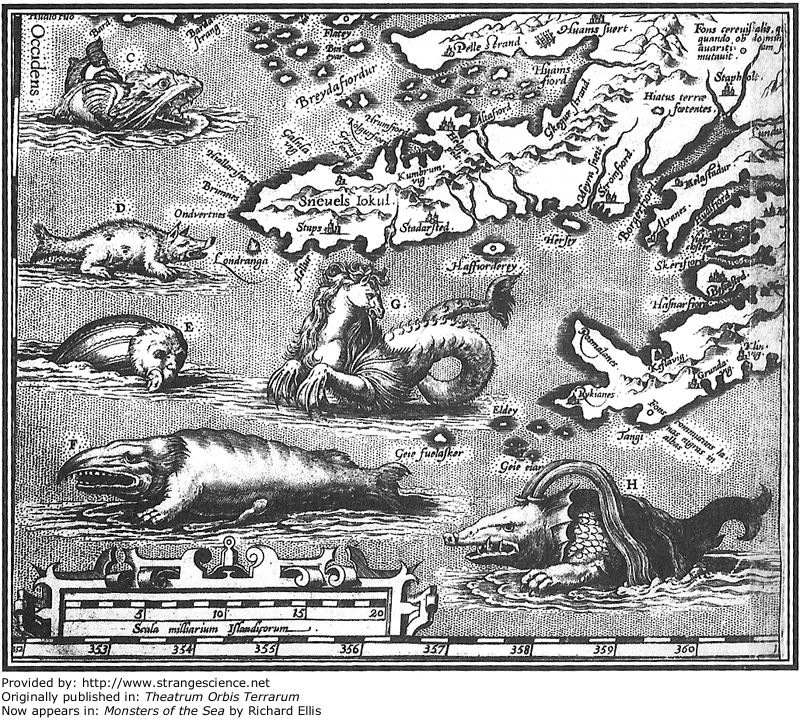
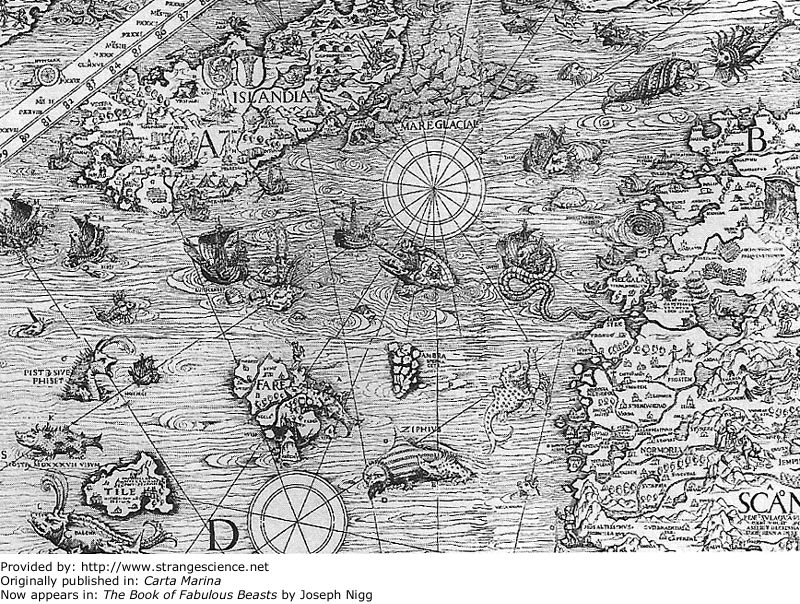
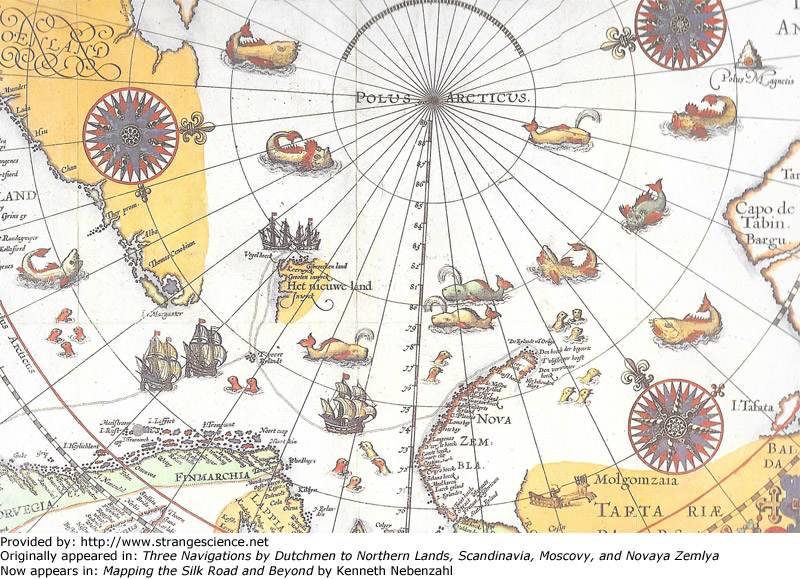
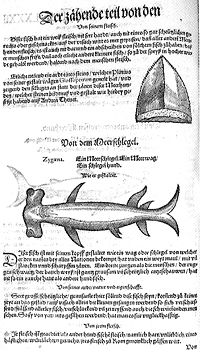
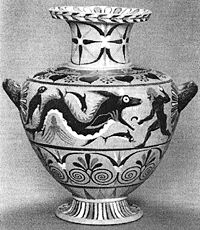
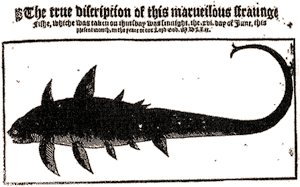
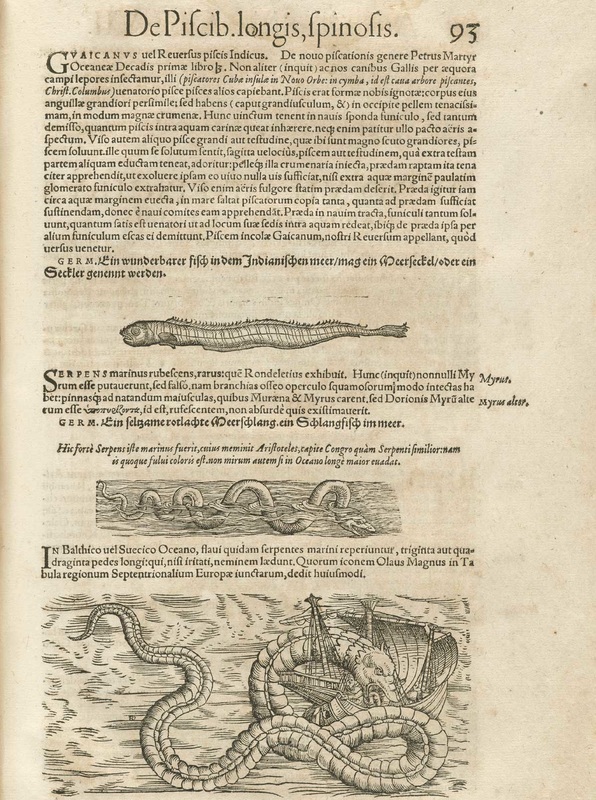
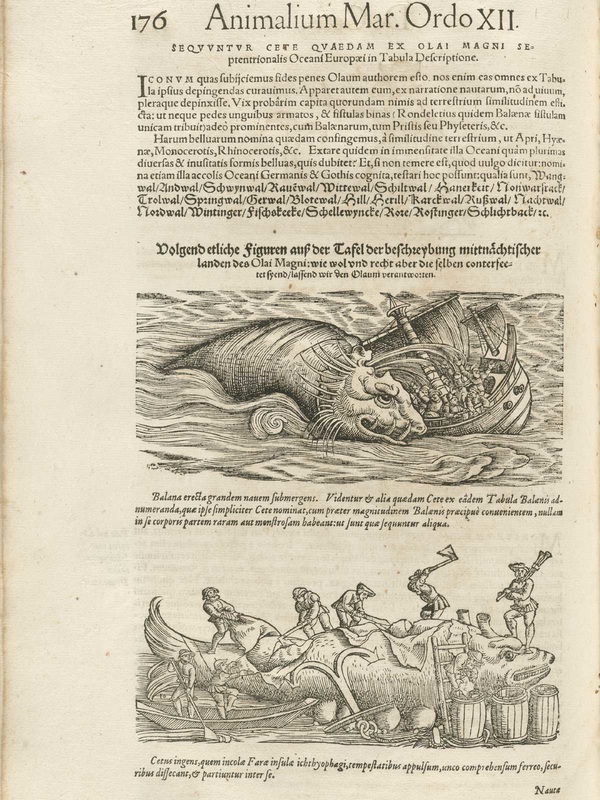
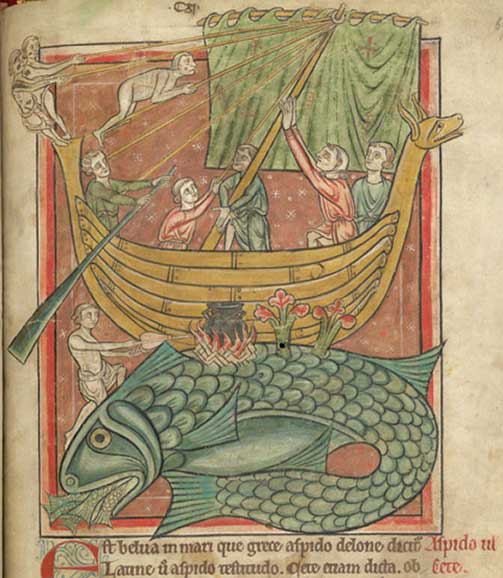
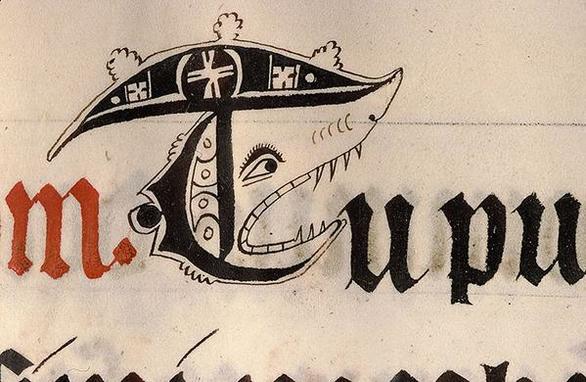
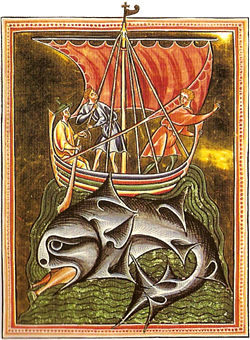
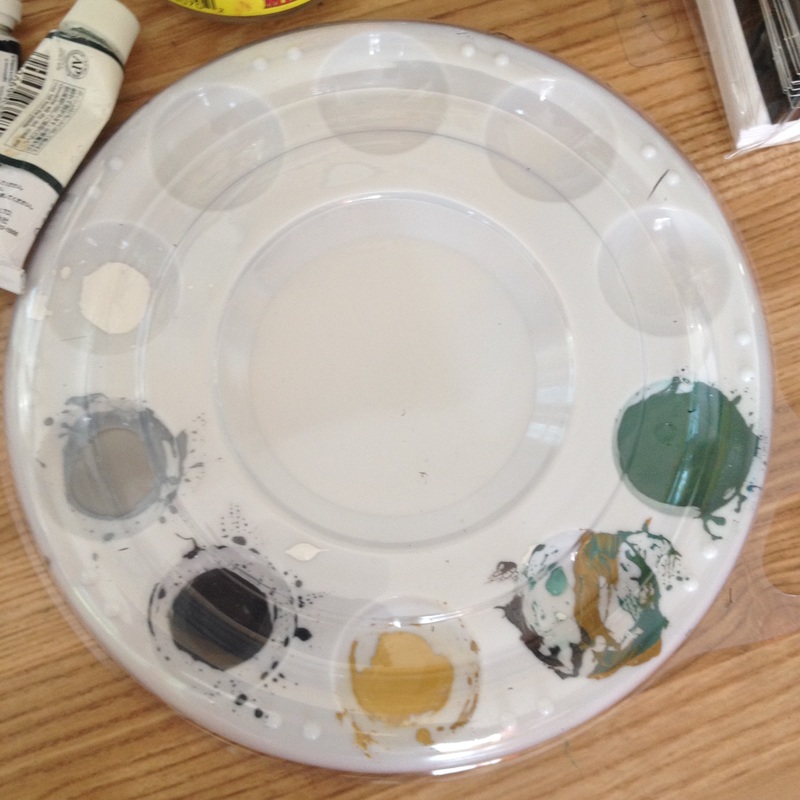
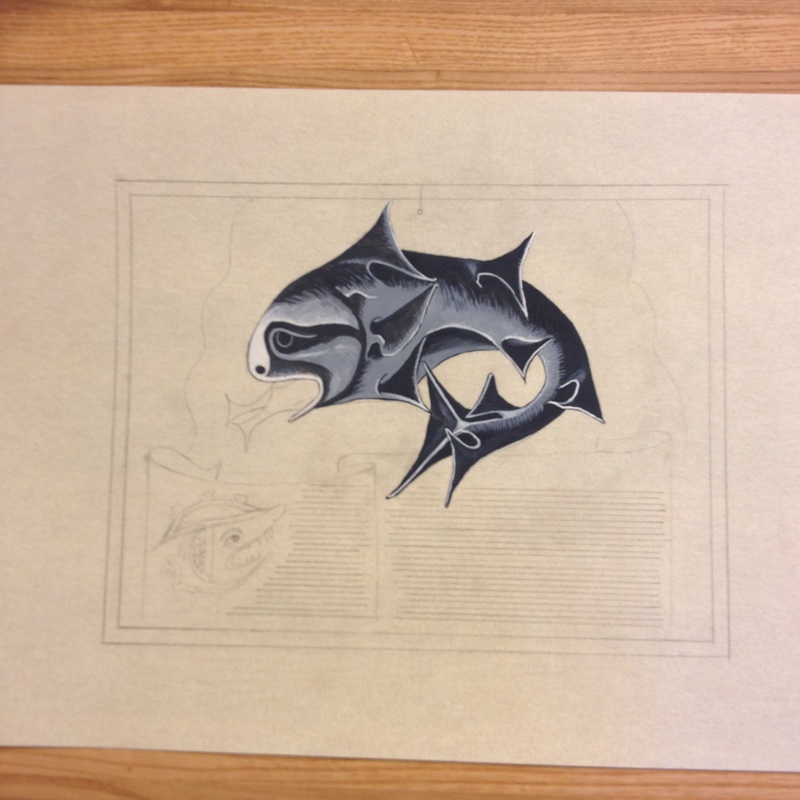
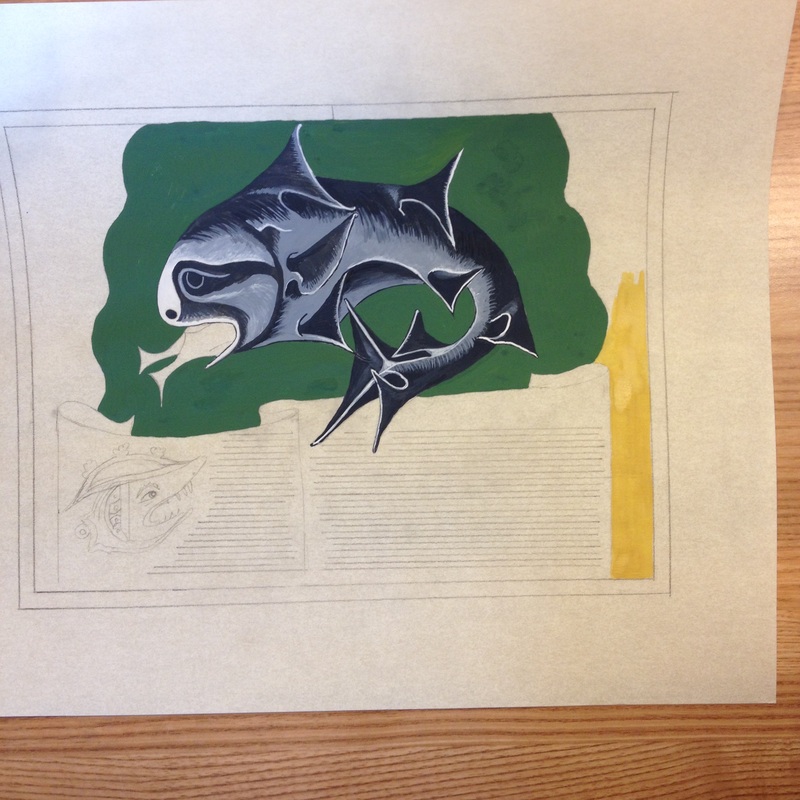
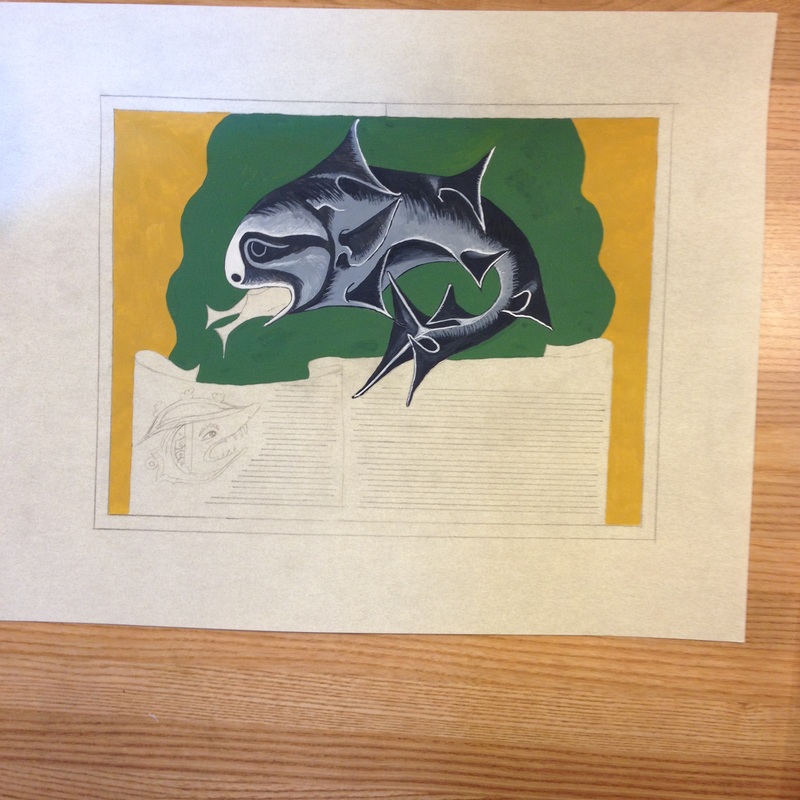
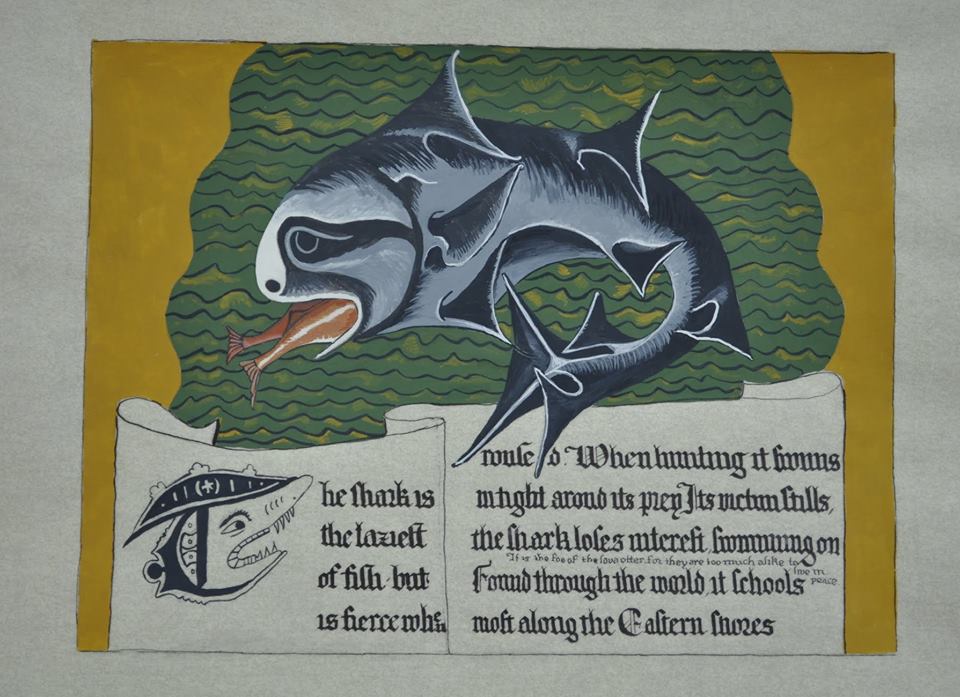
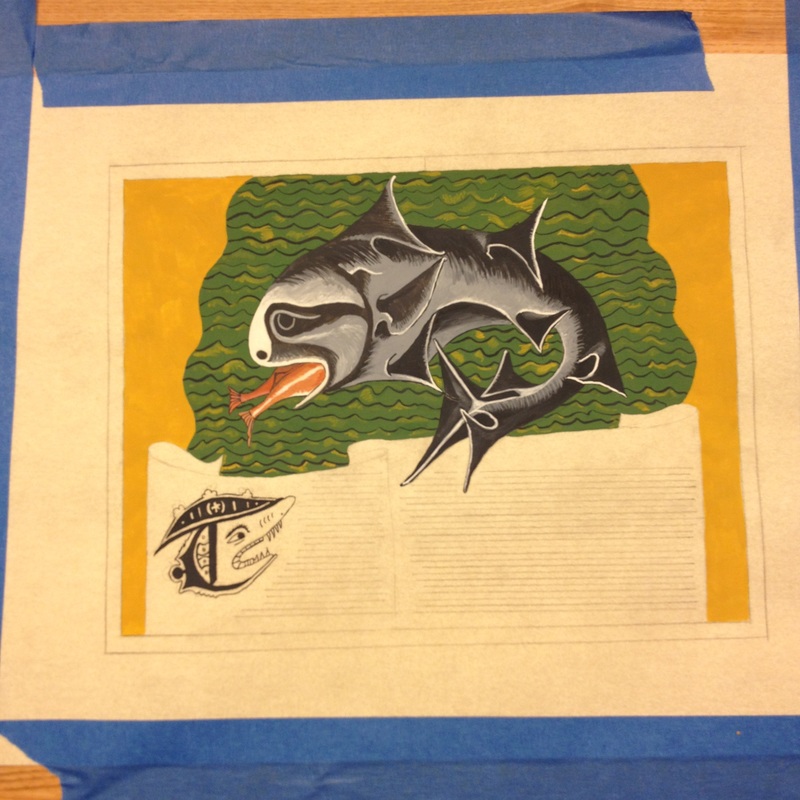
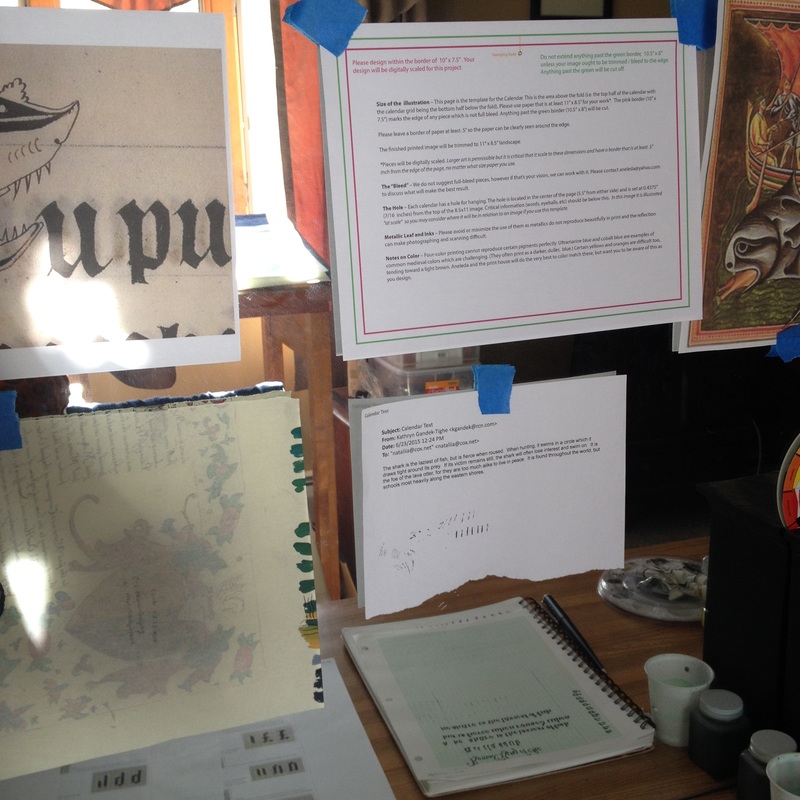
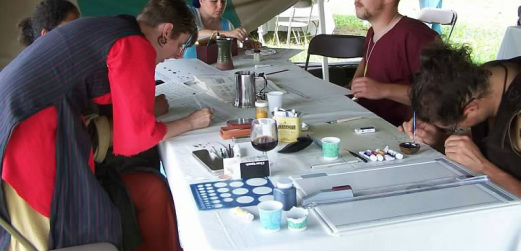
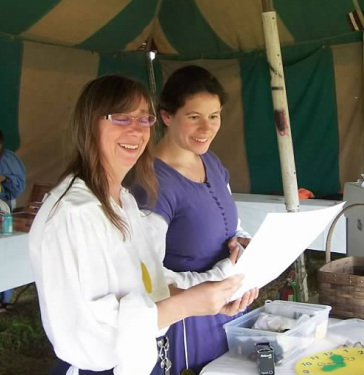
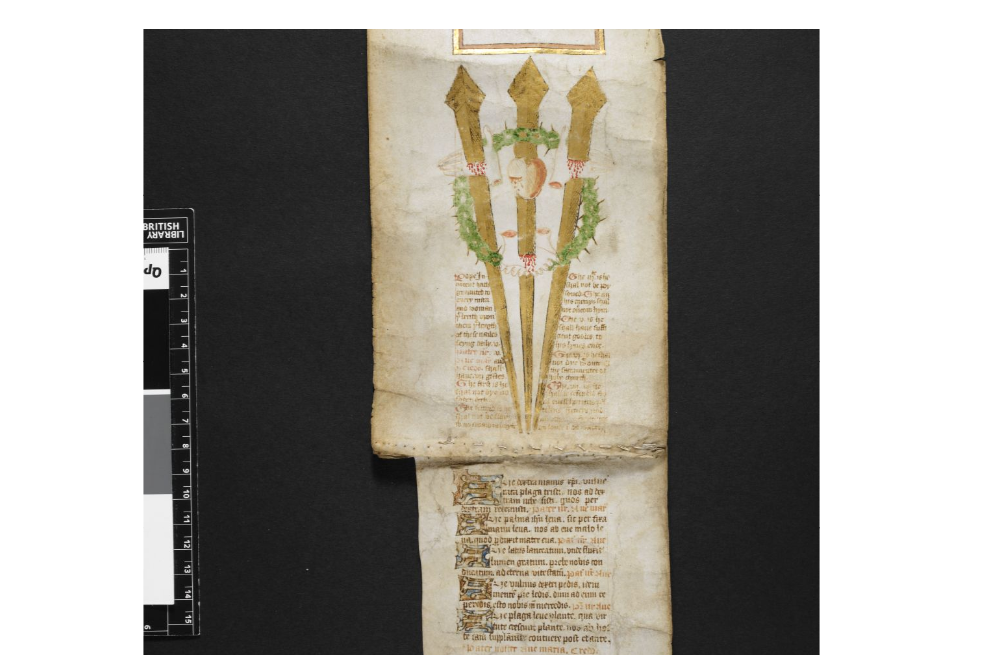
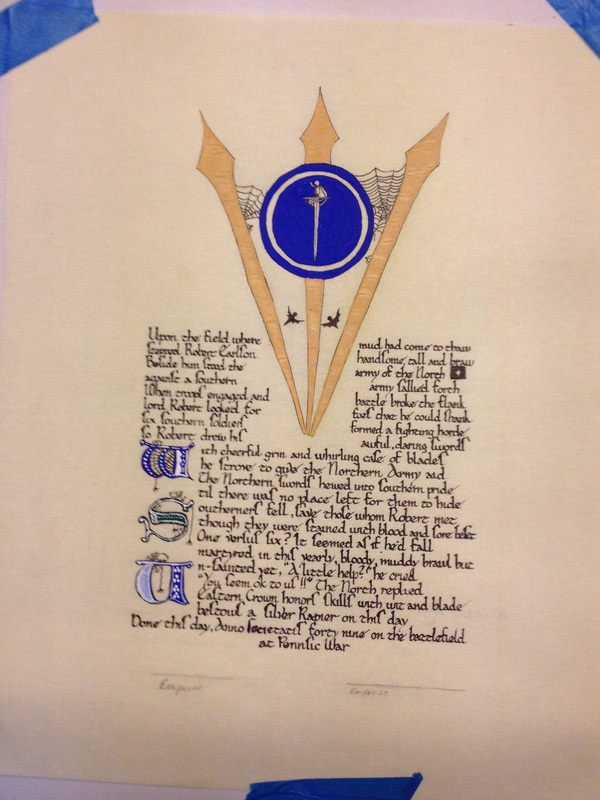
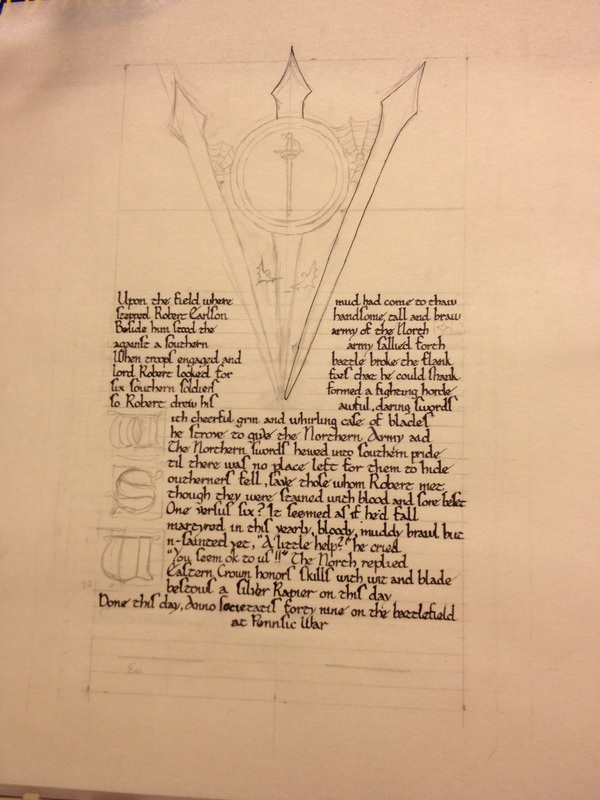
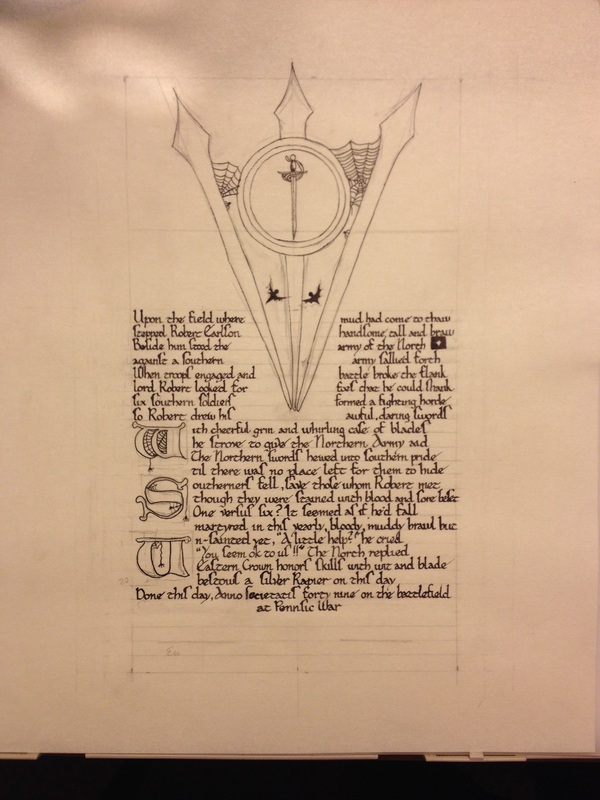
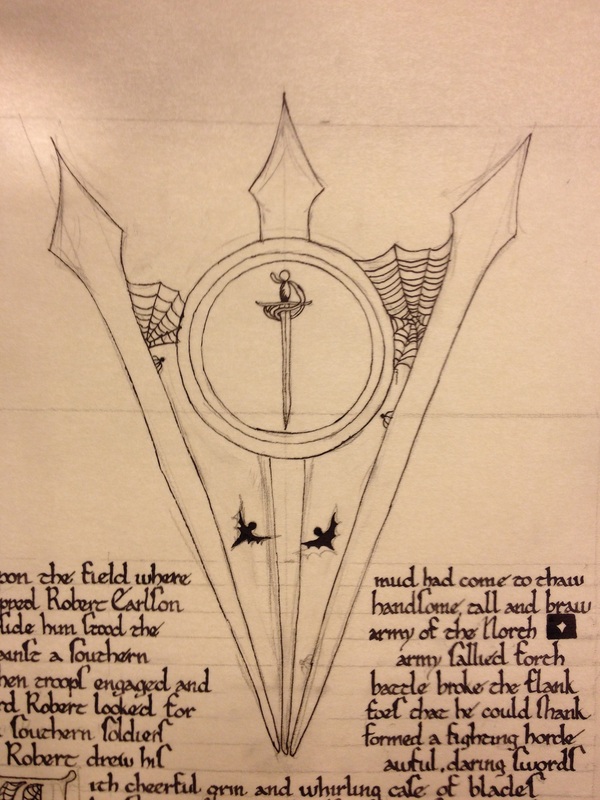
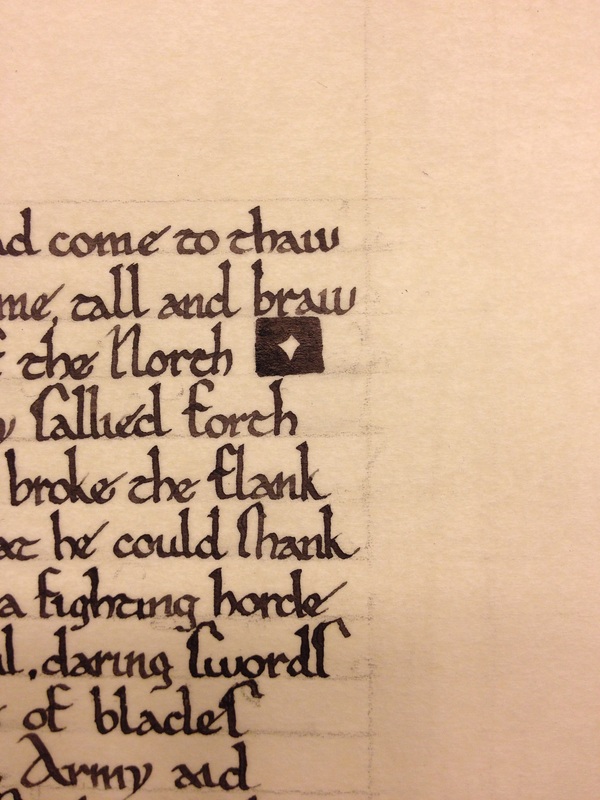
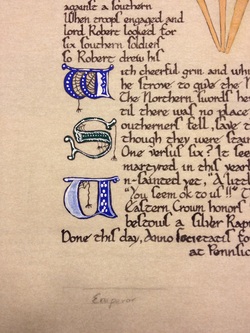
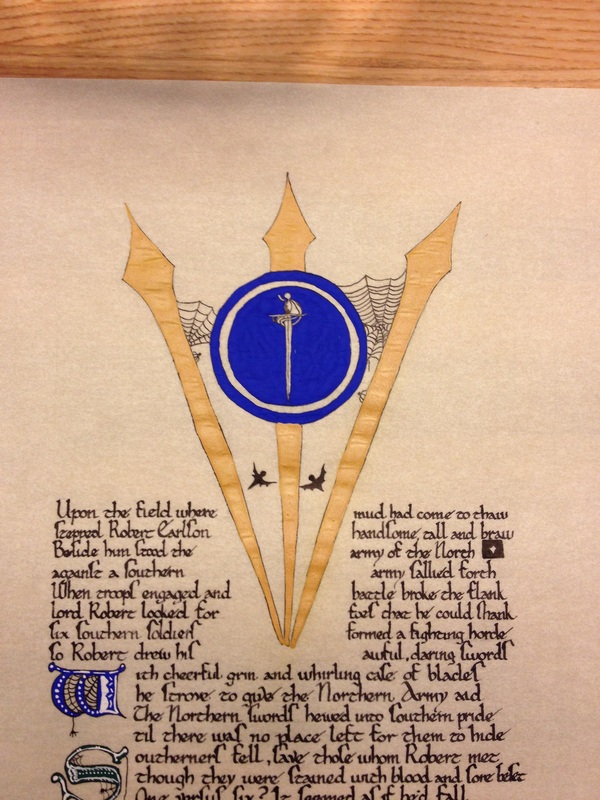
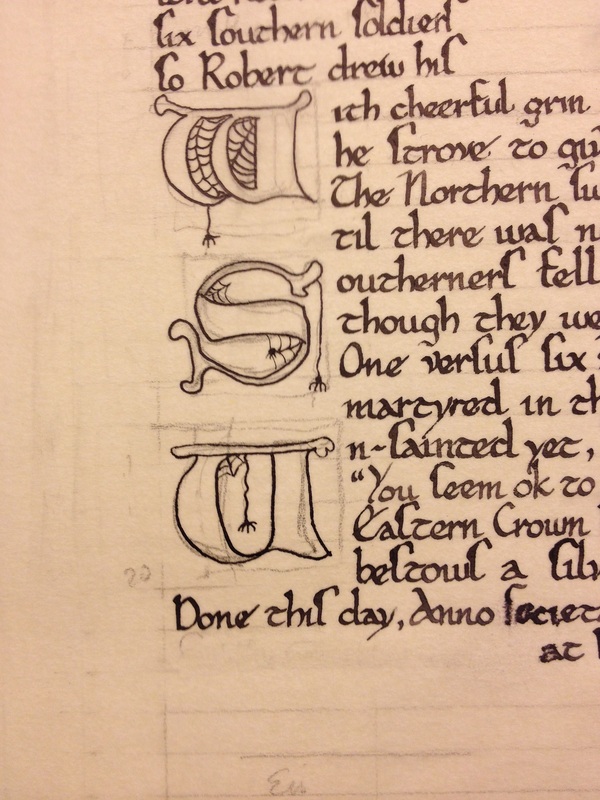
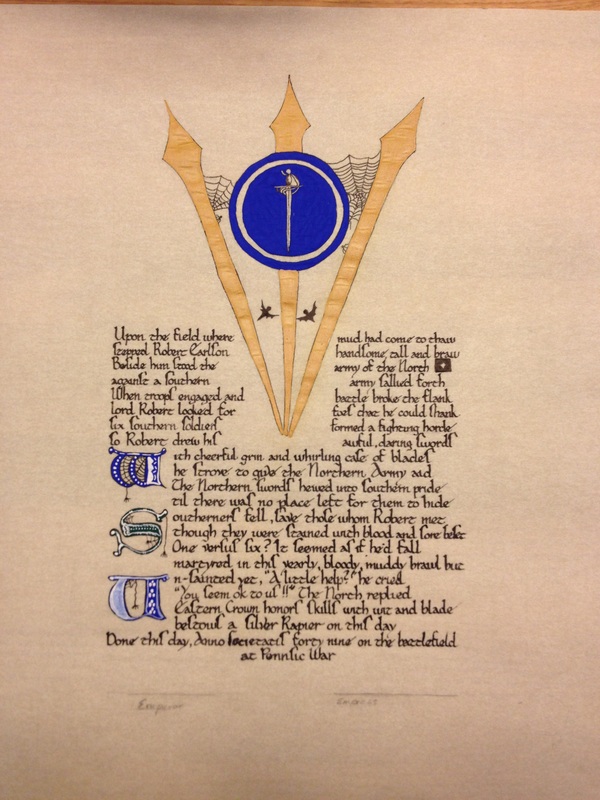
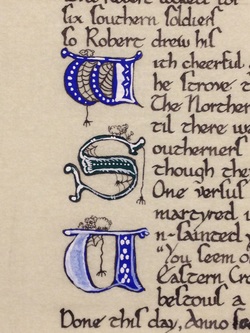
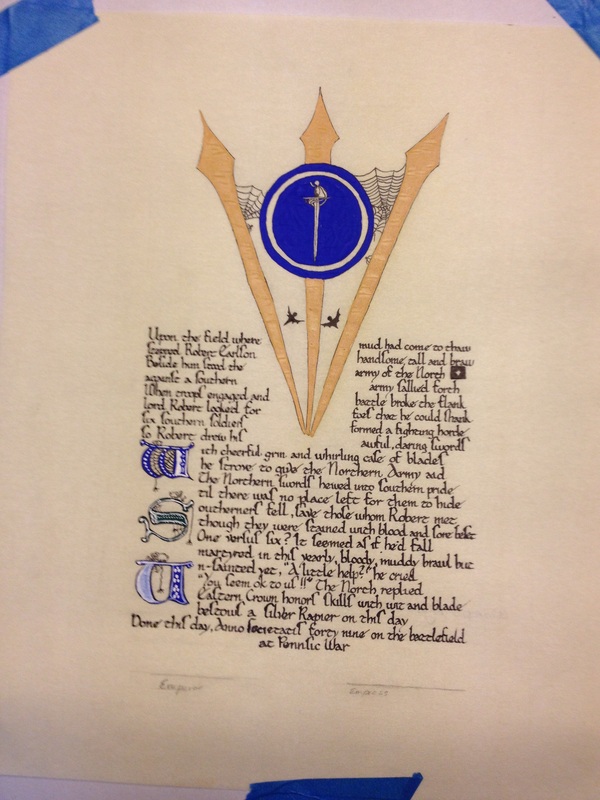
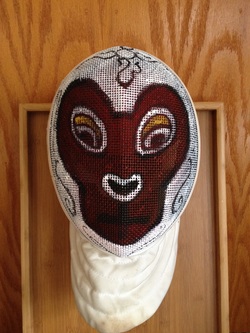
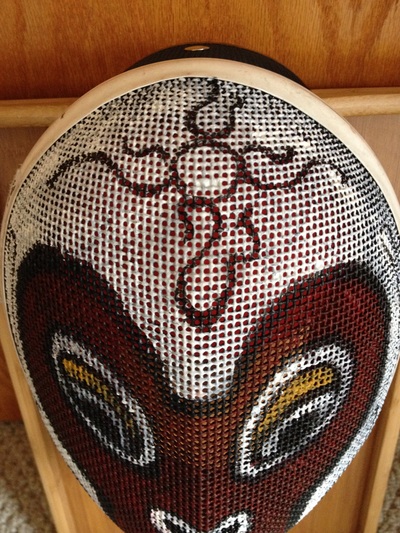
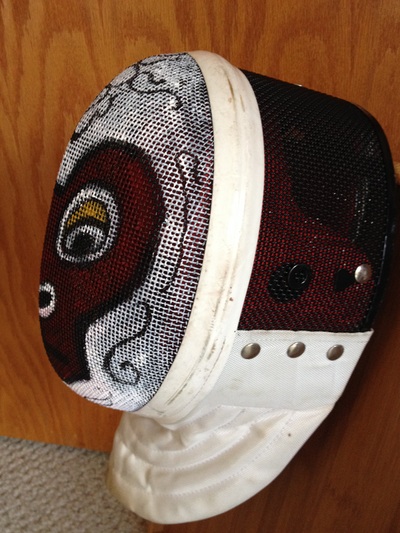
 RSS Feed
RSS Feed
